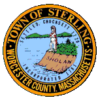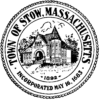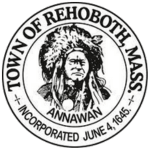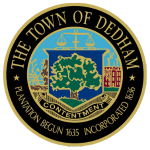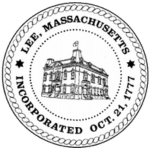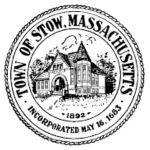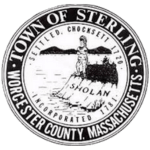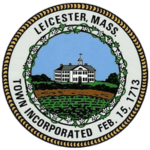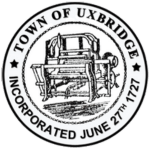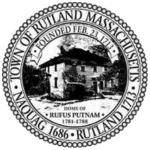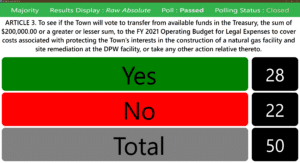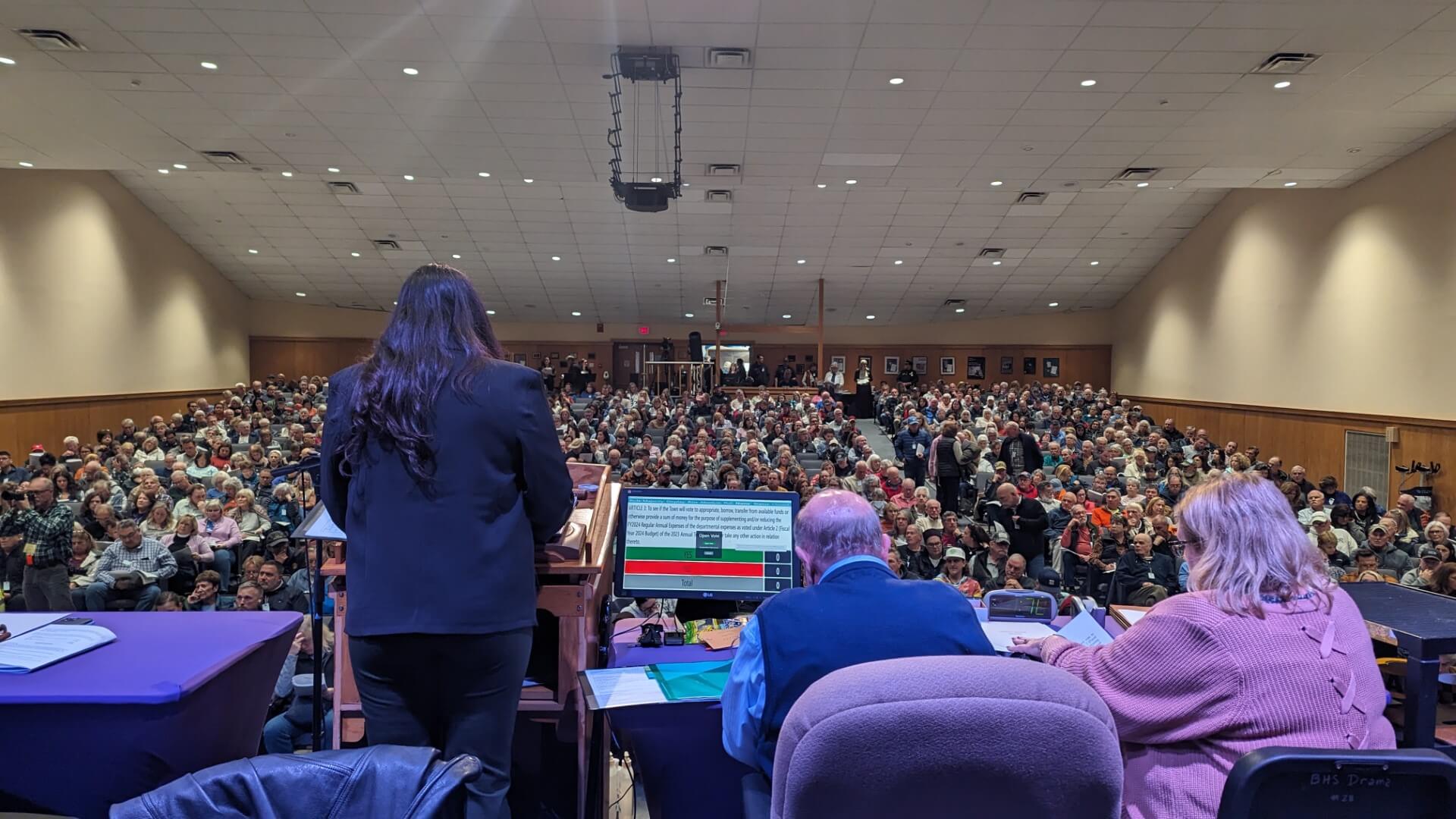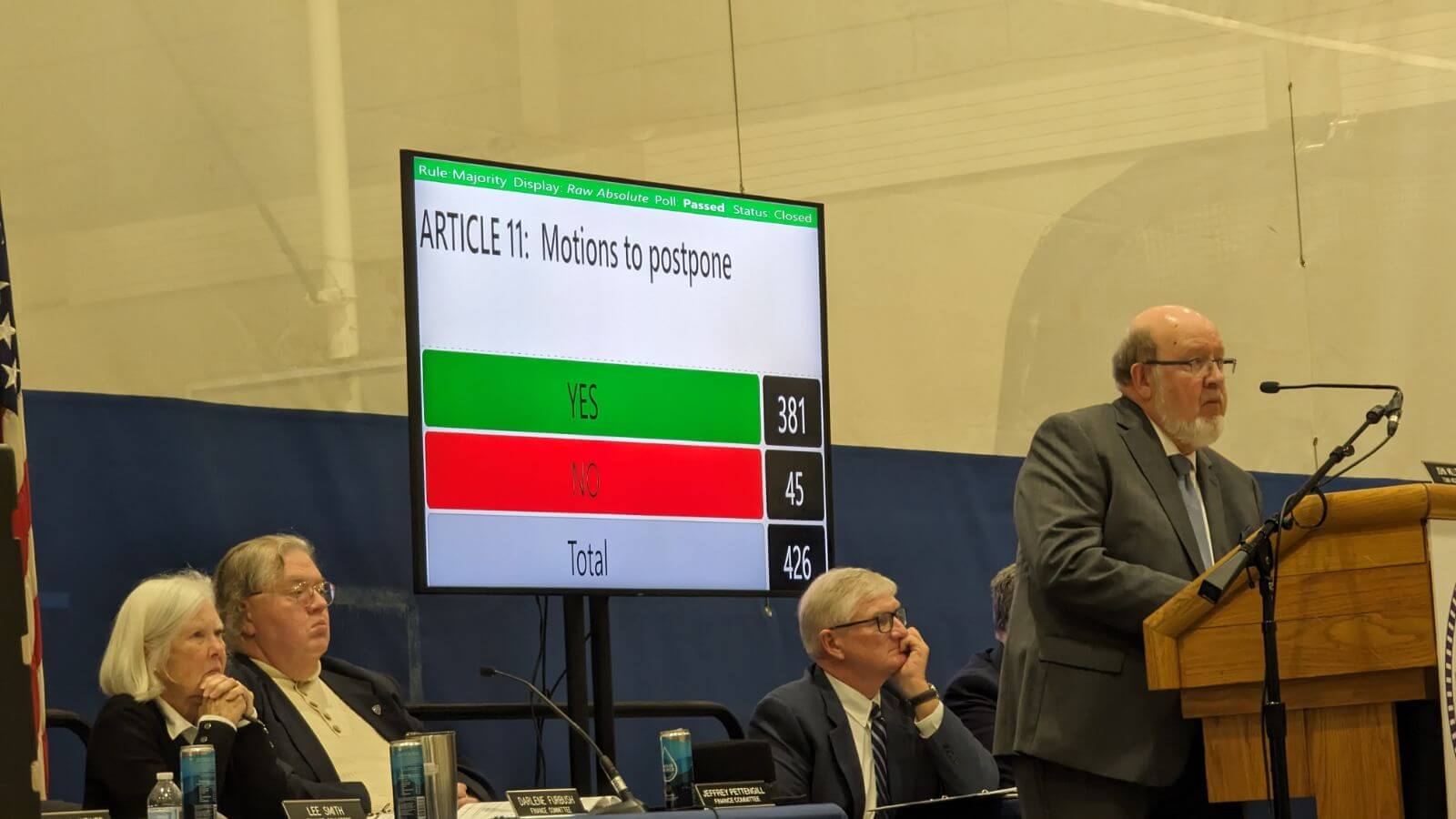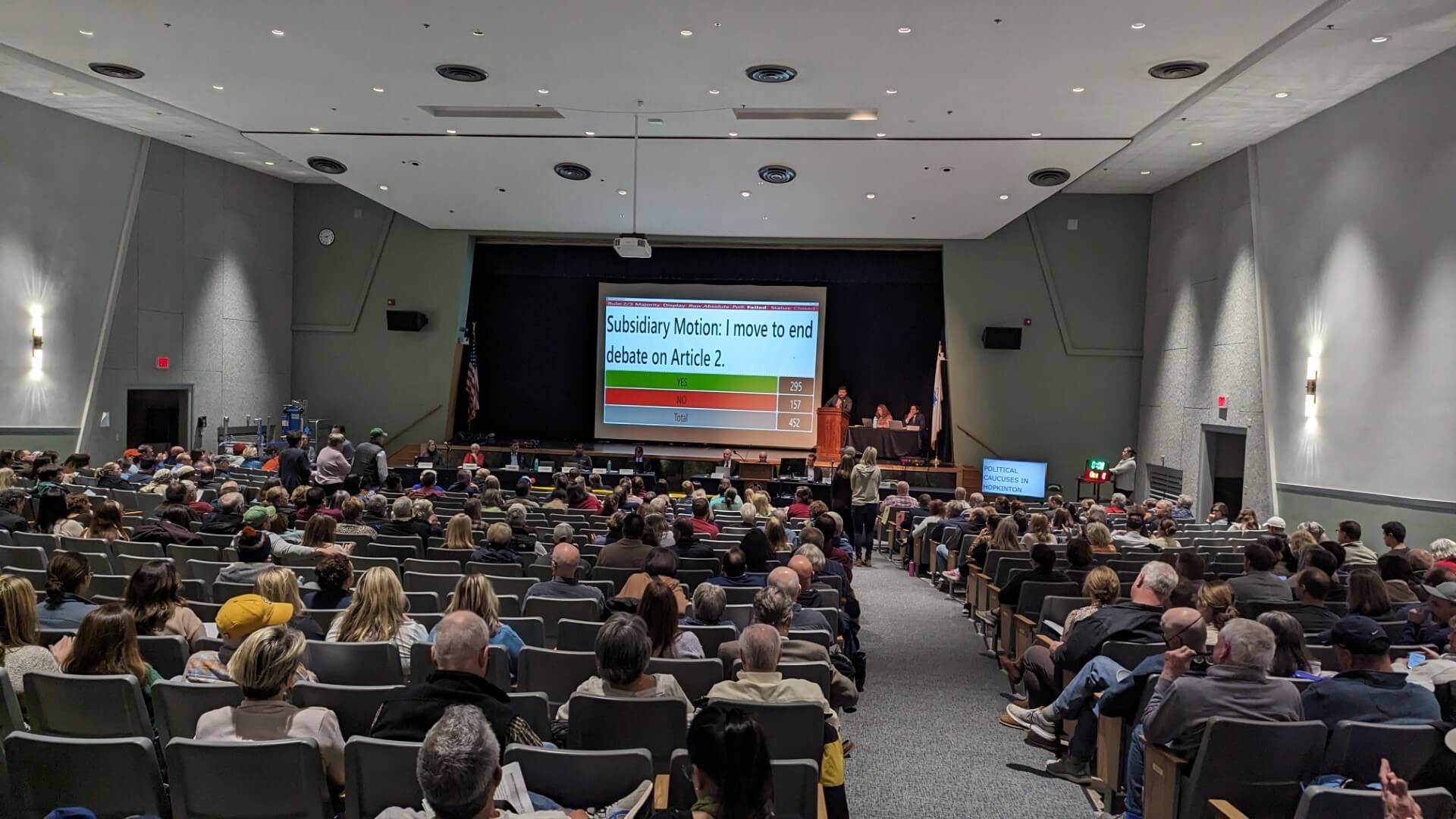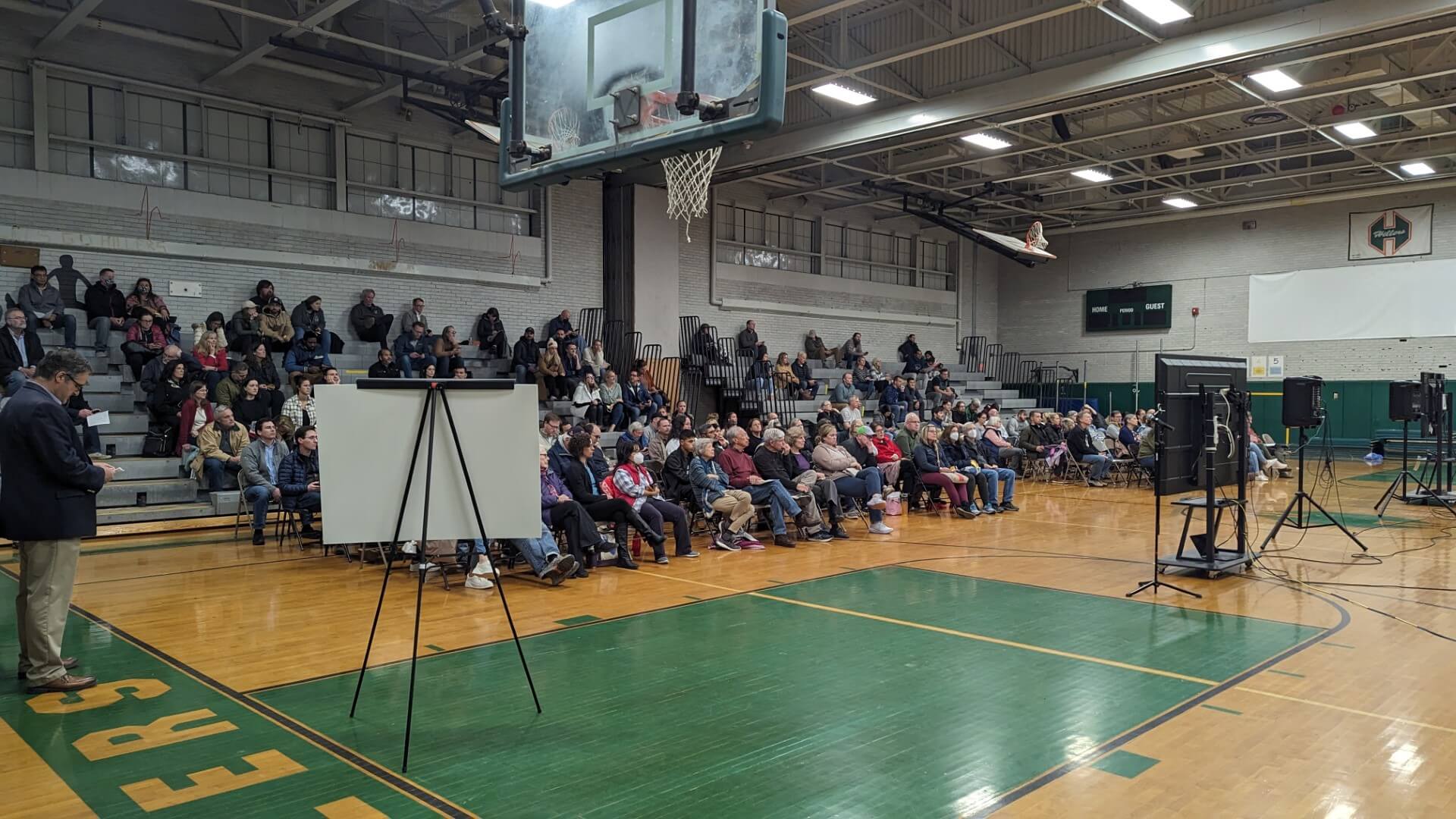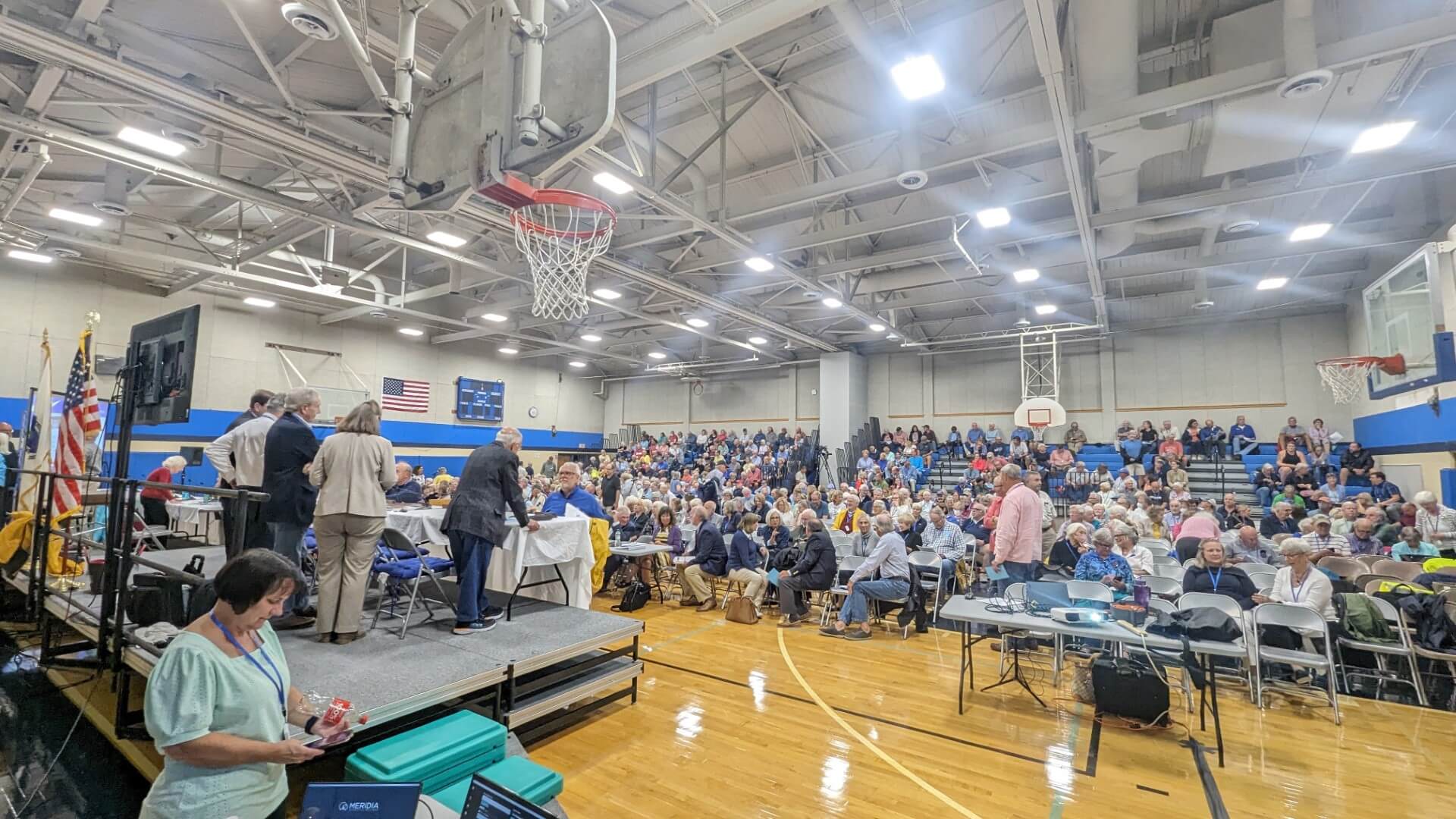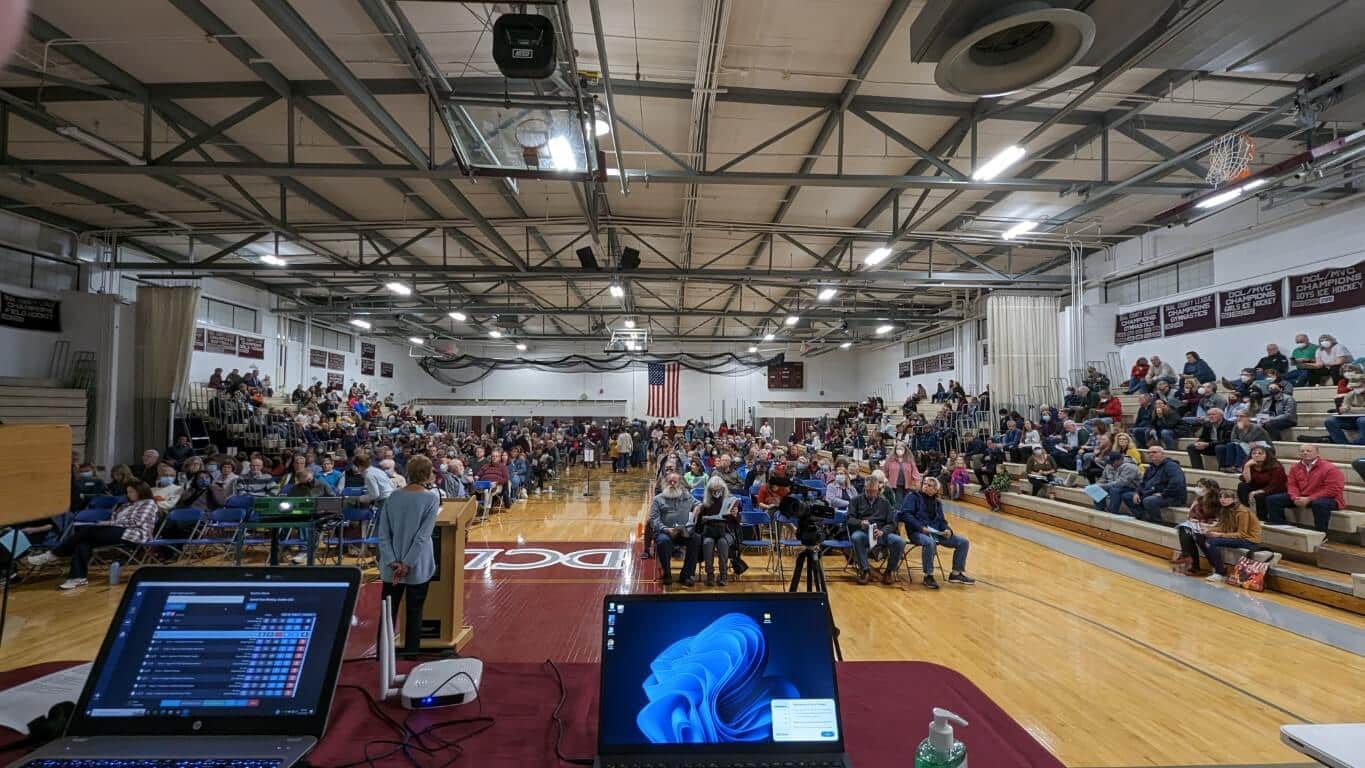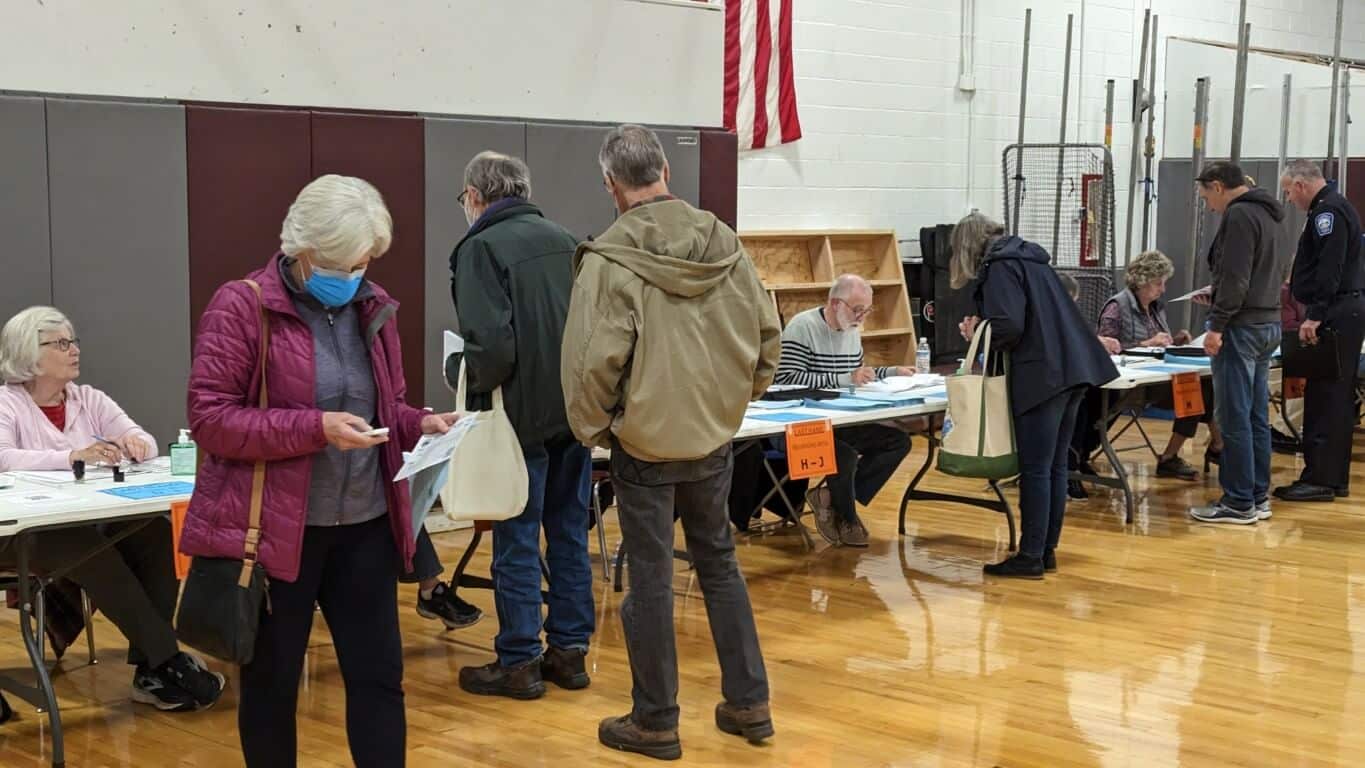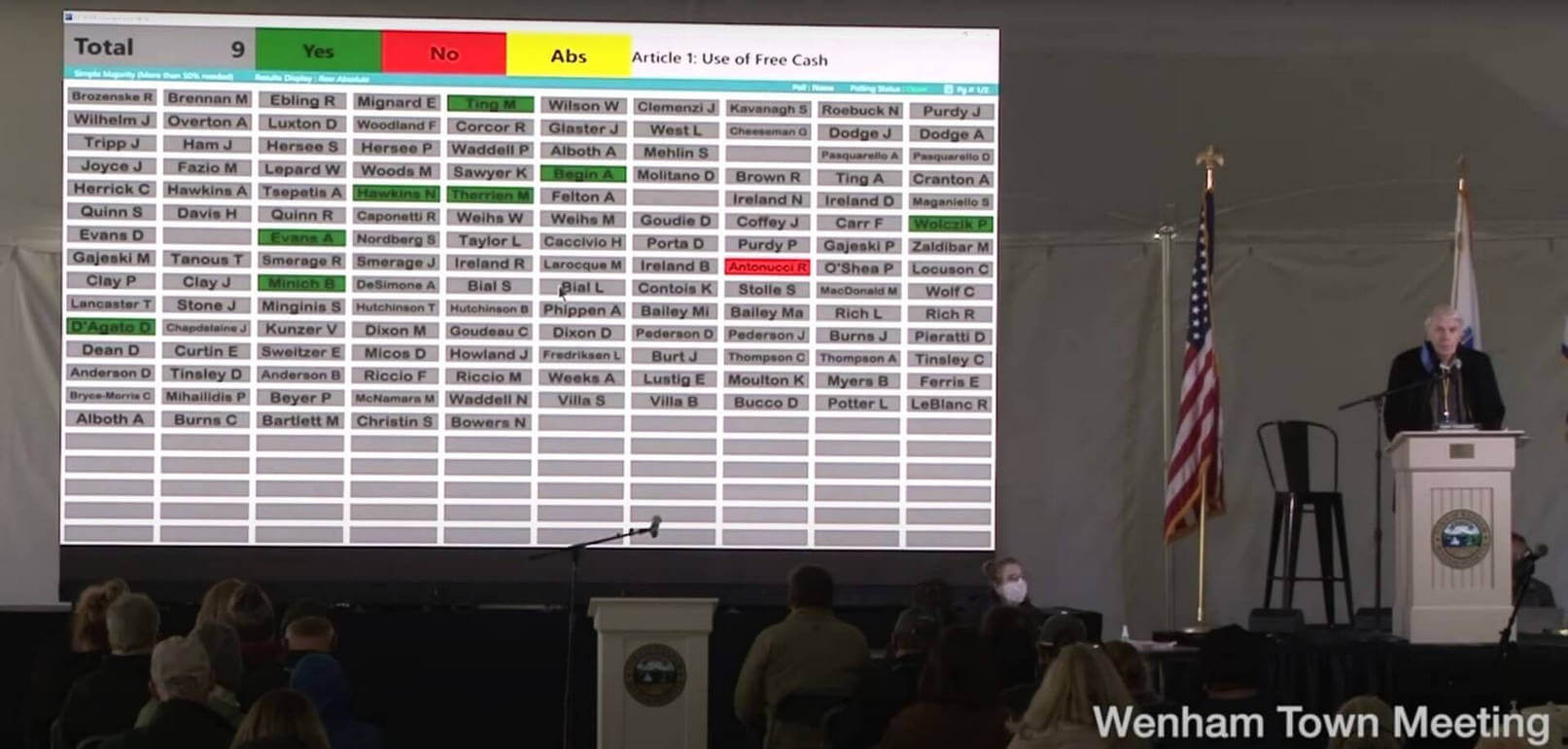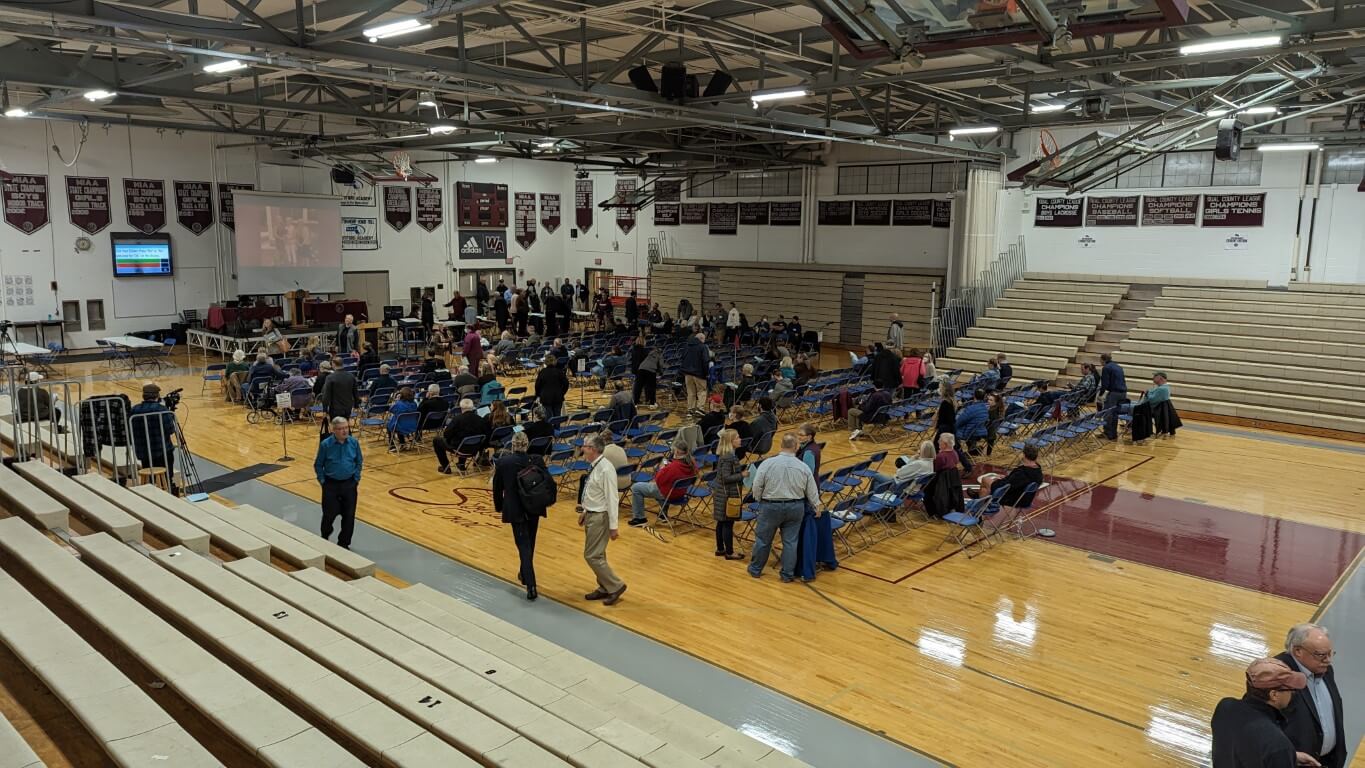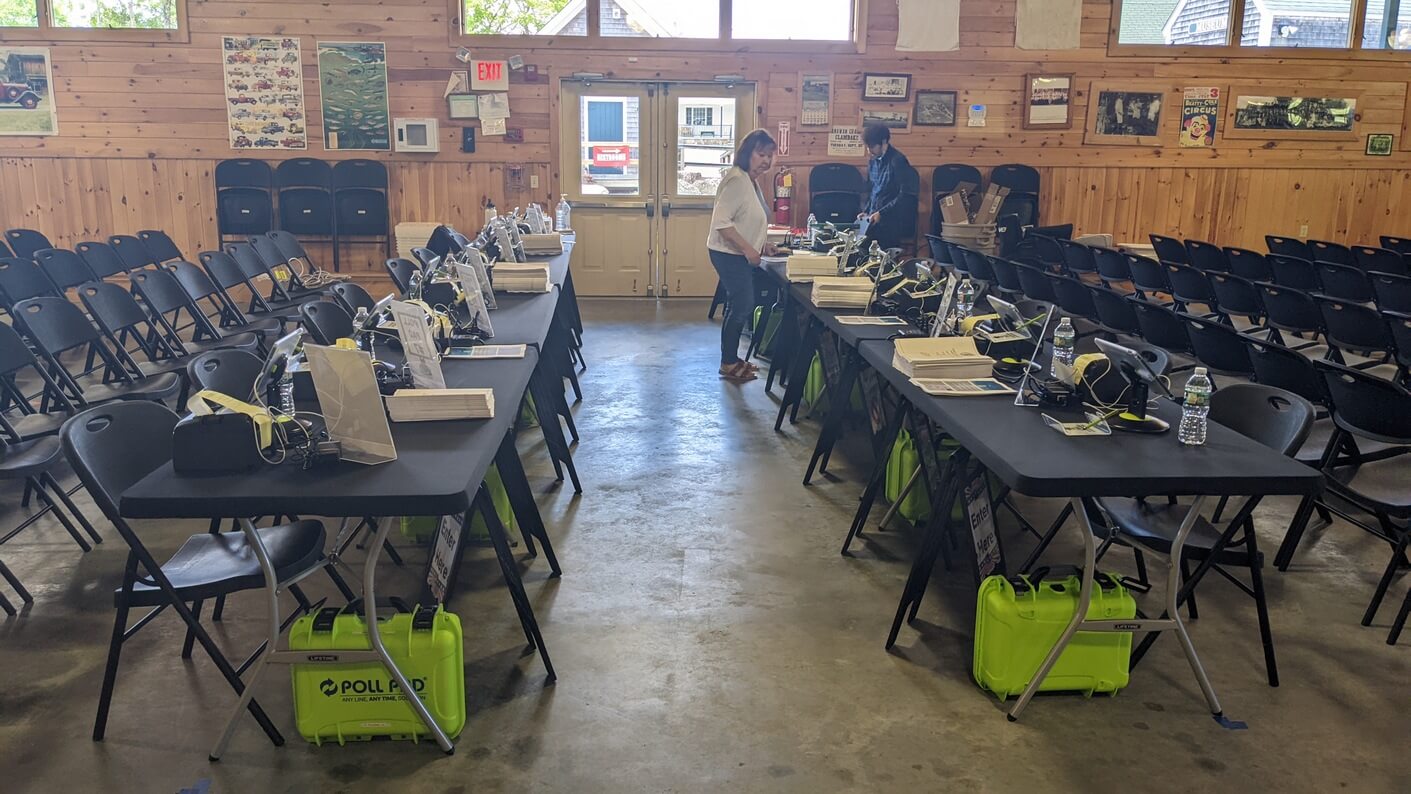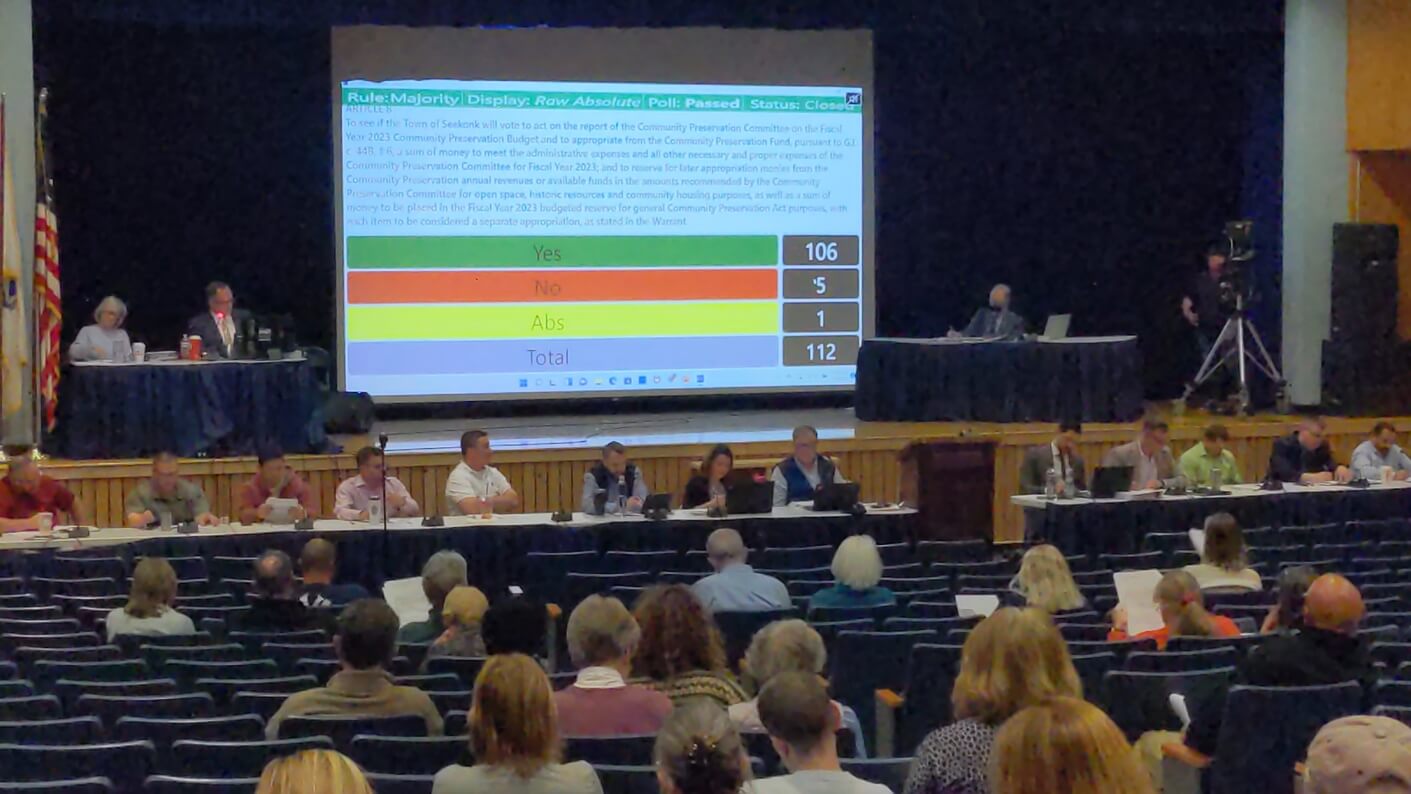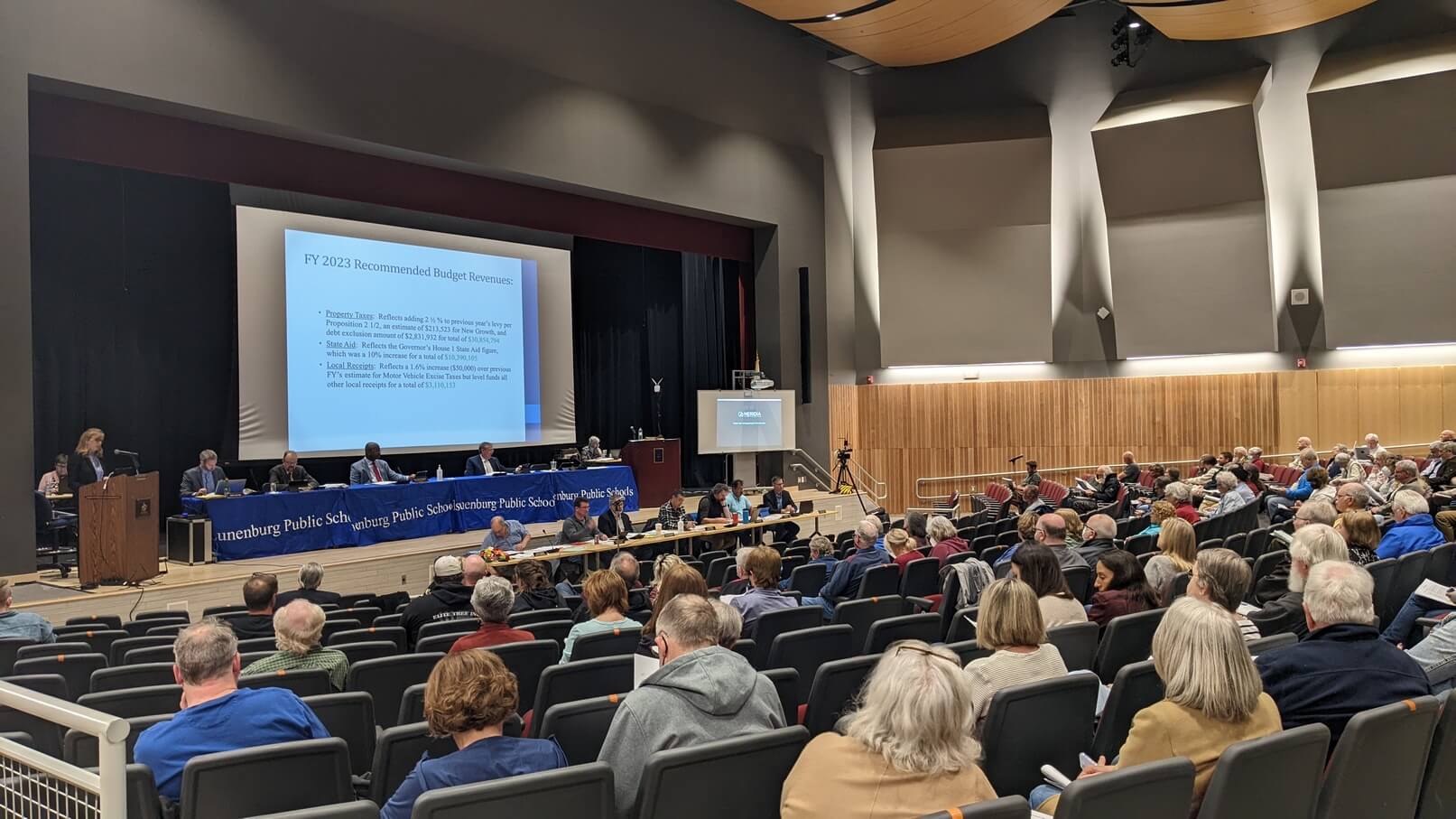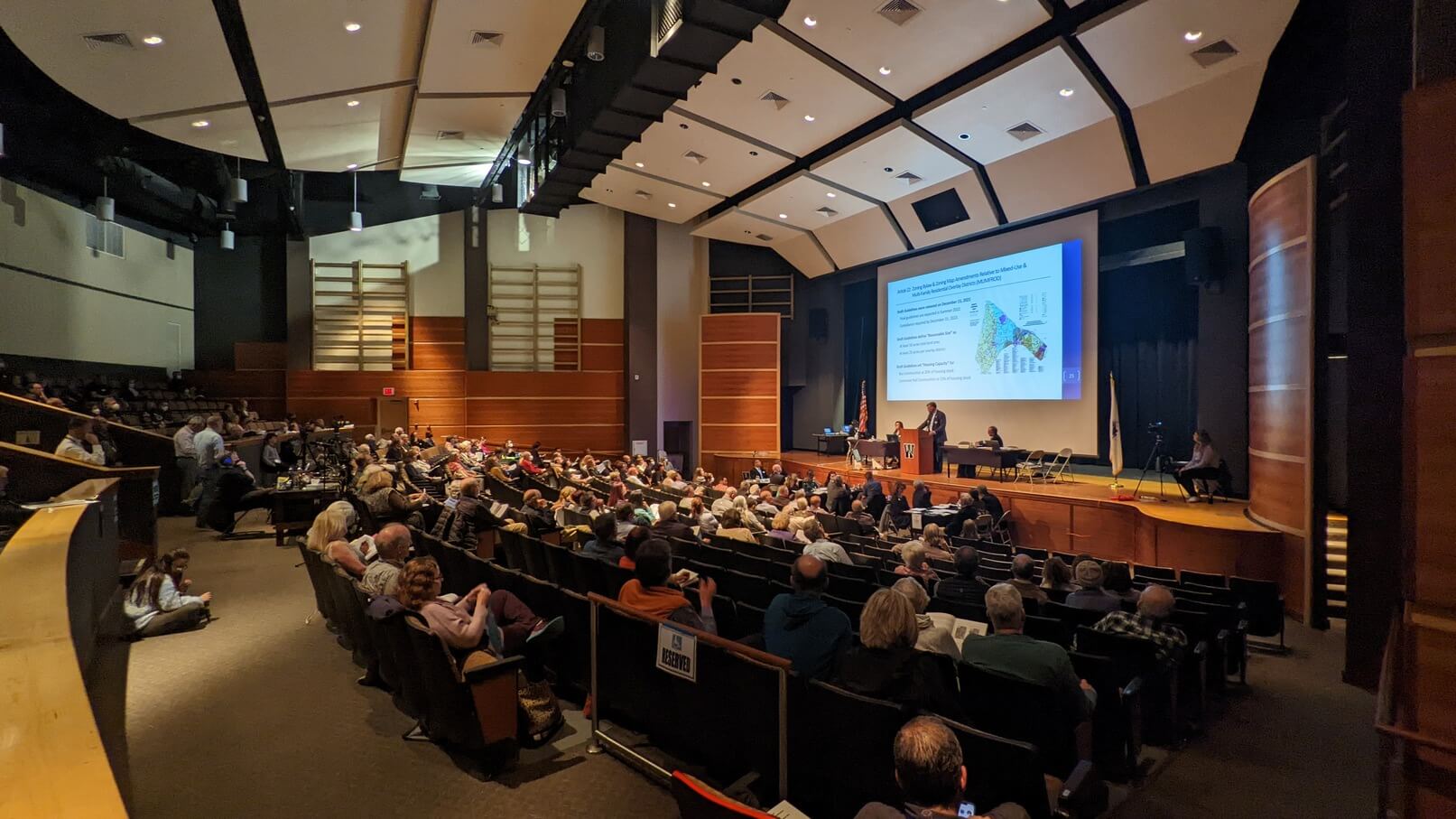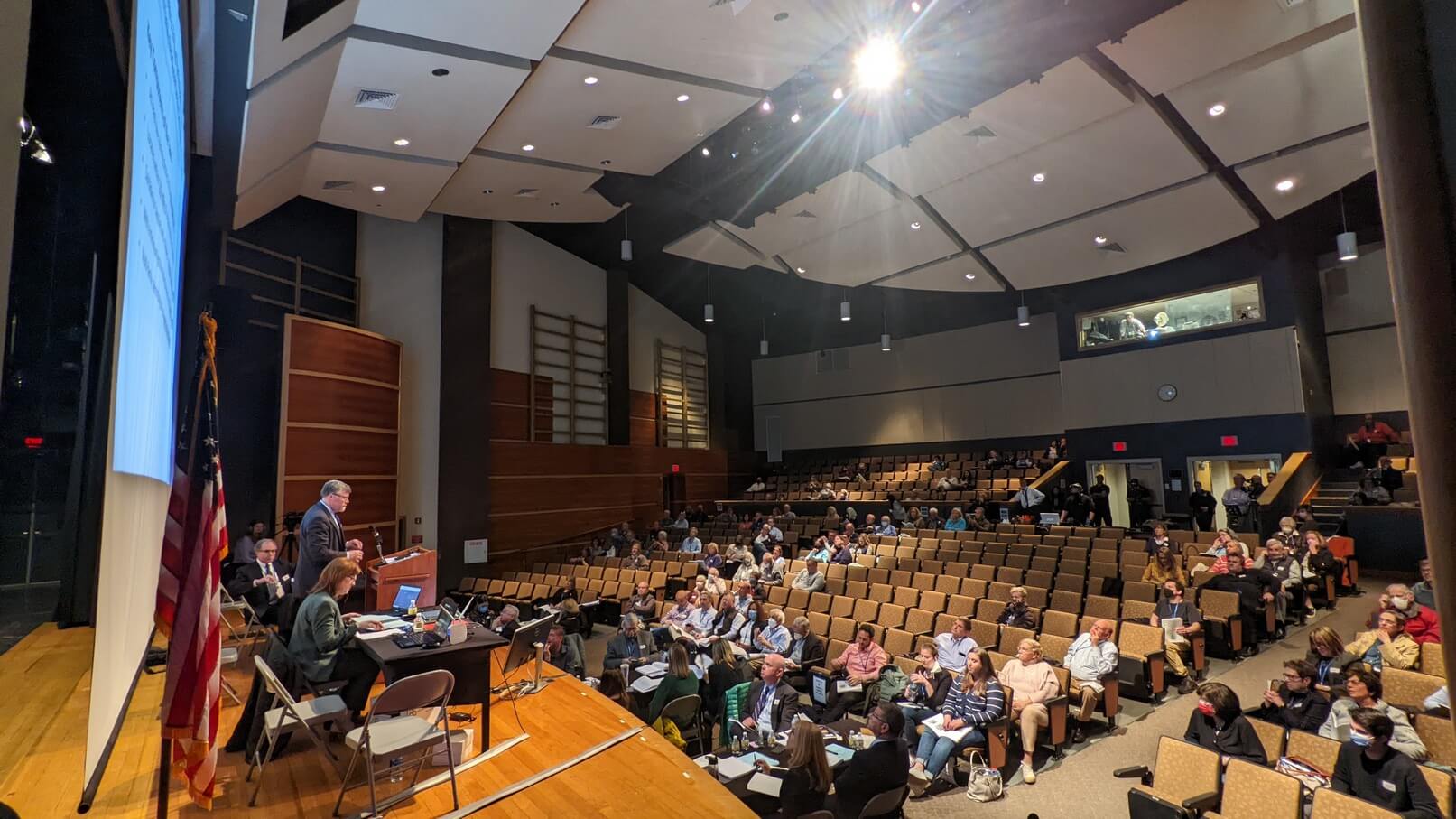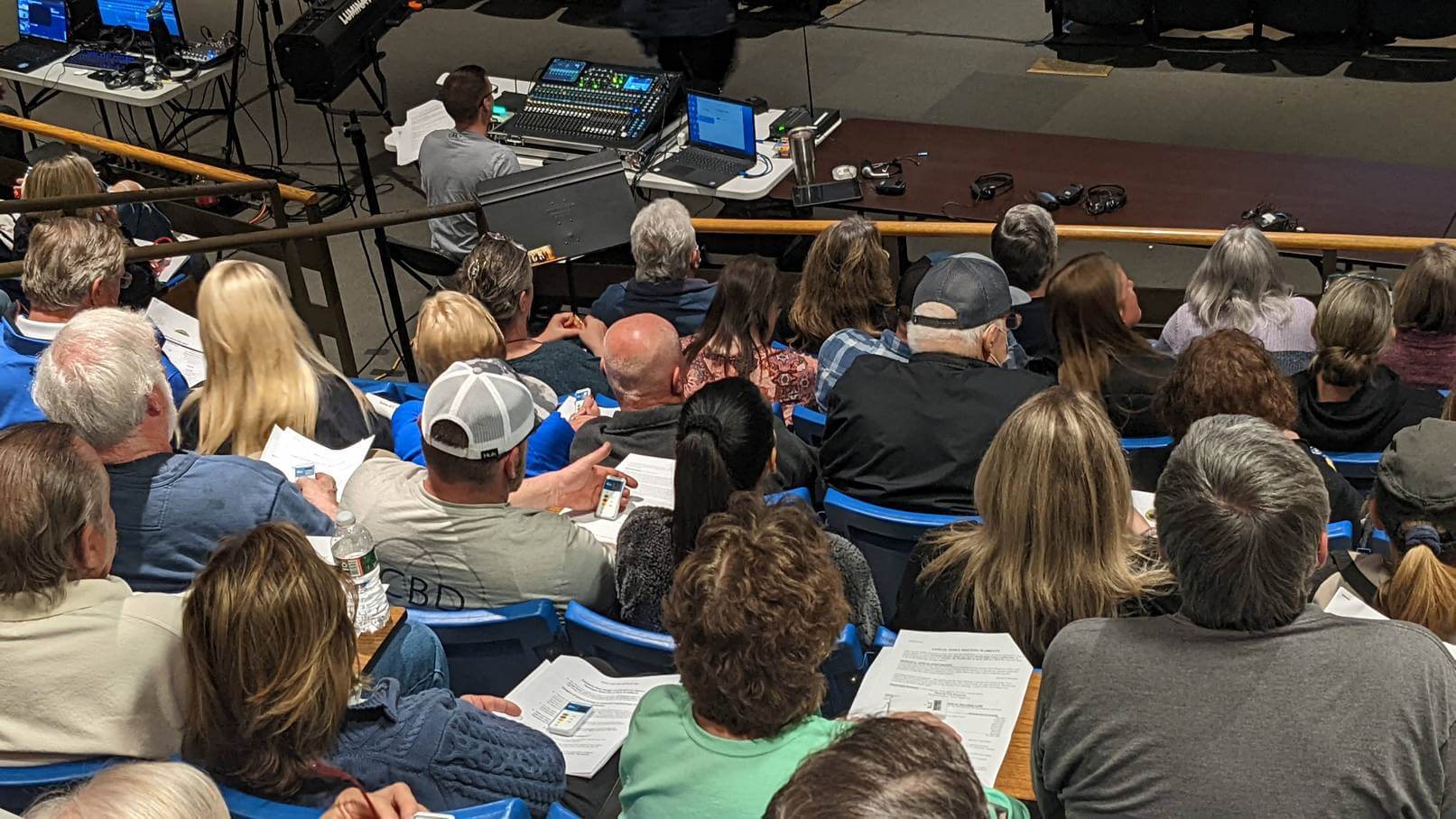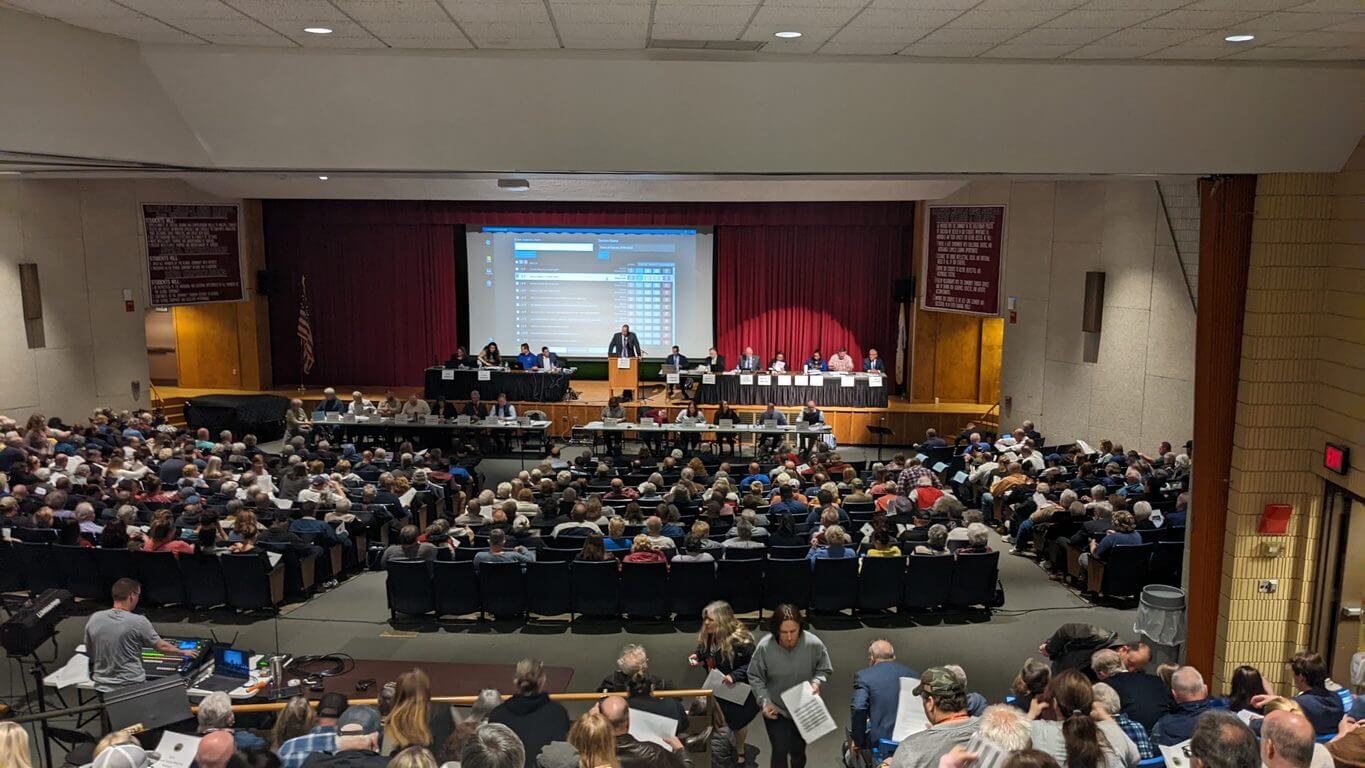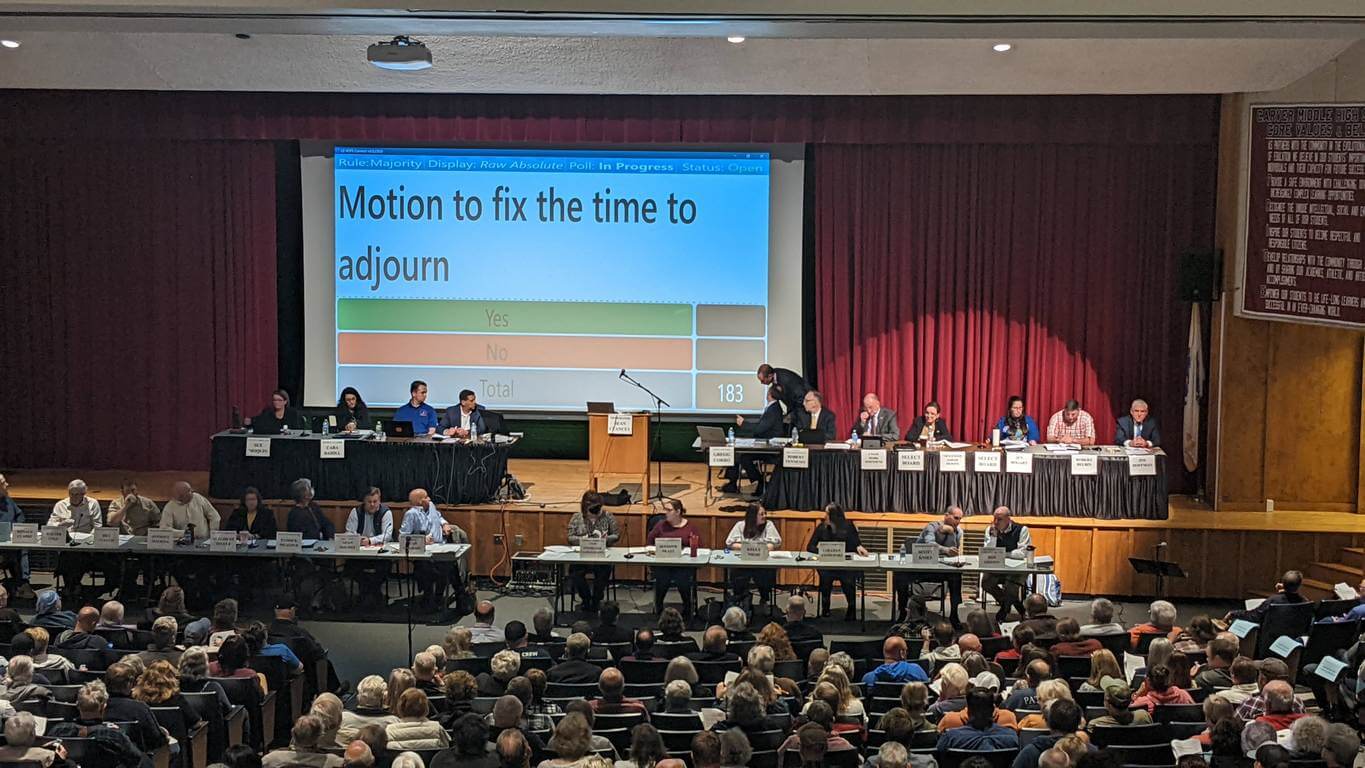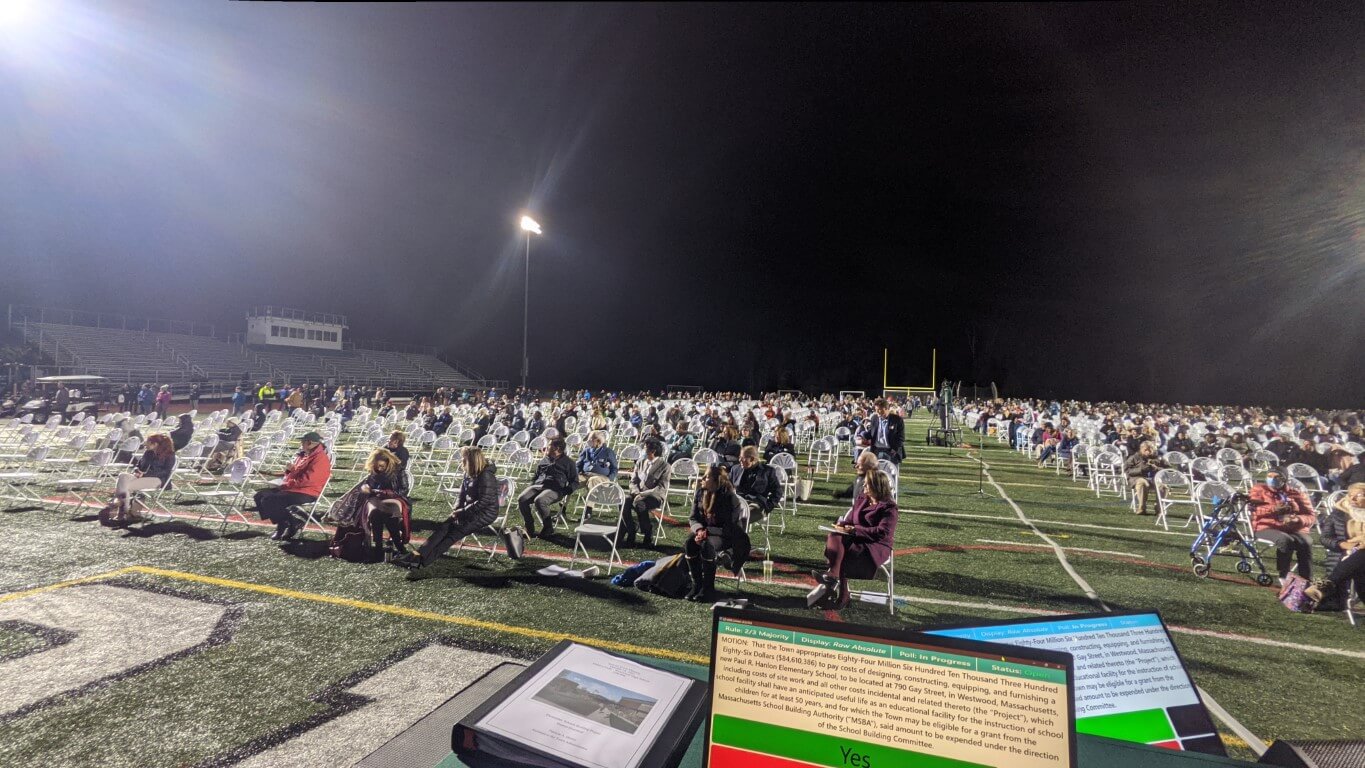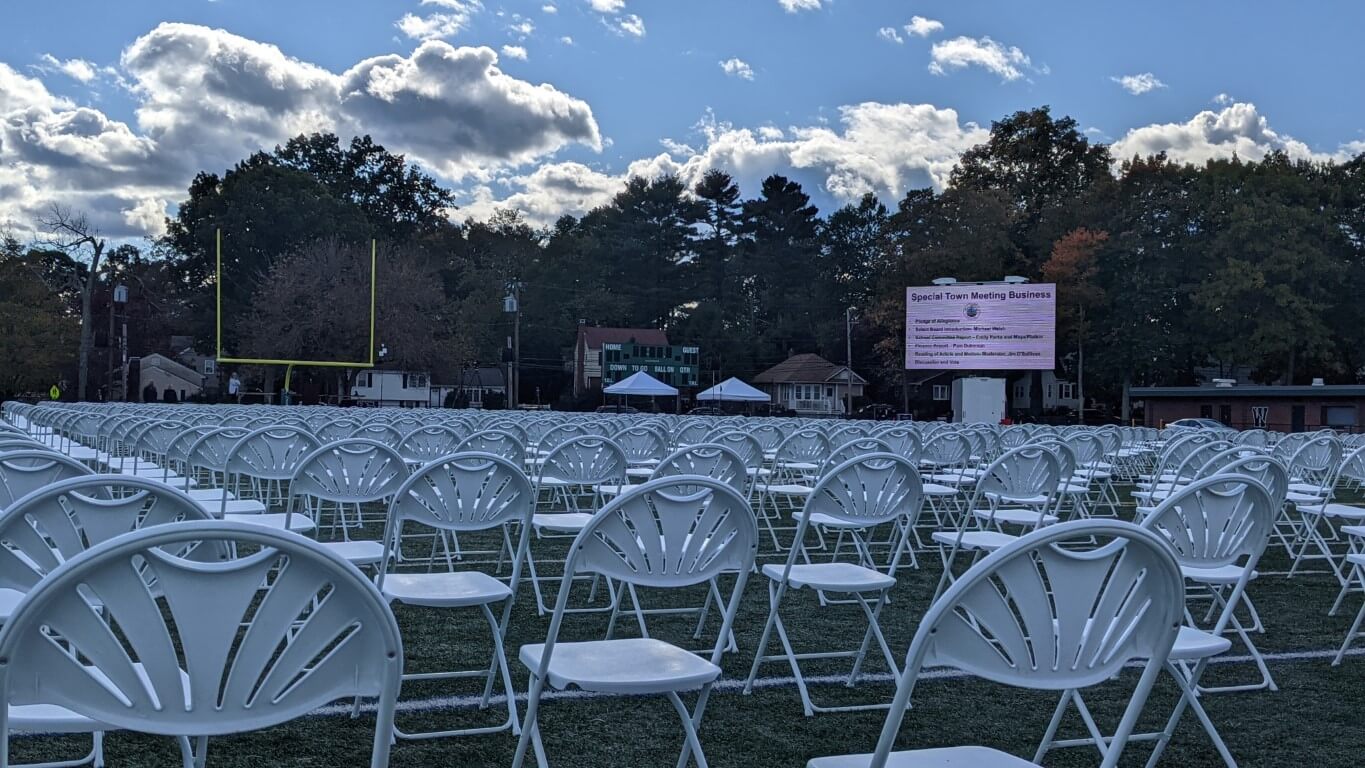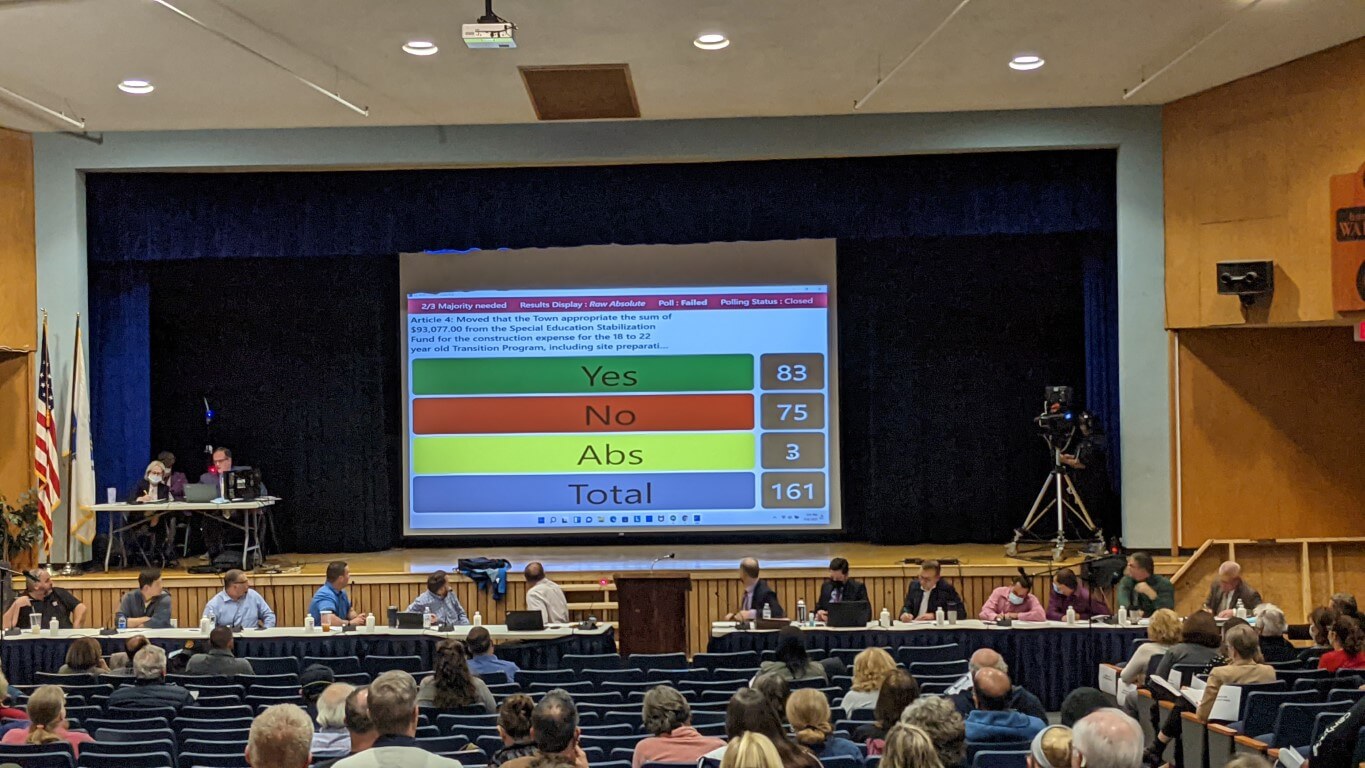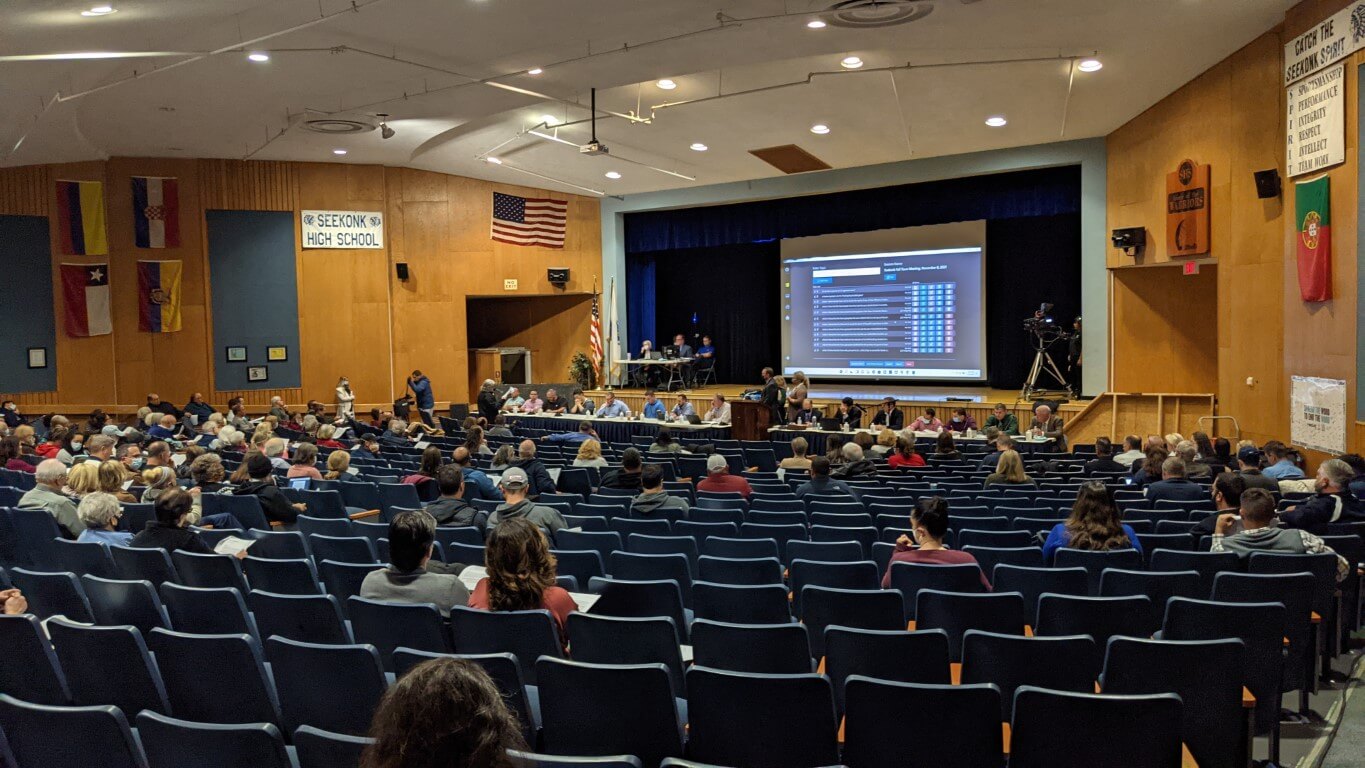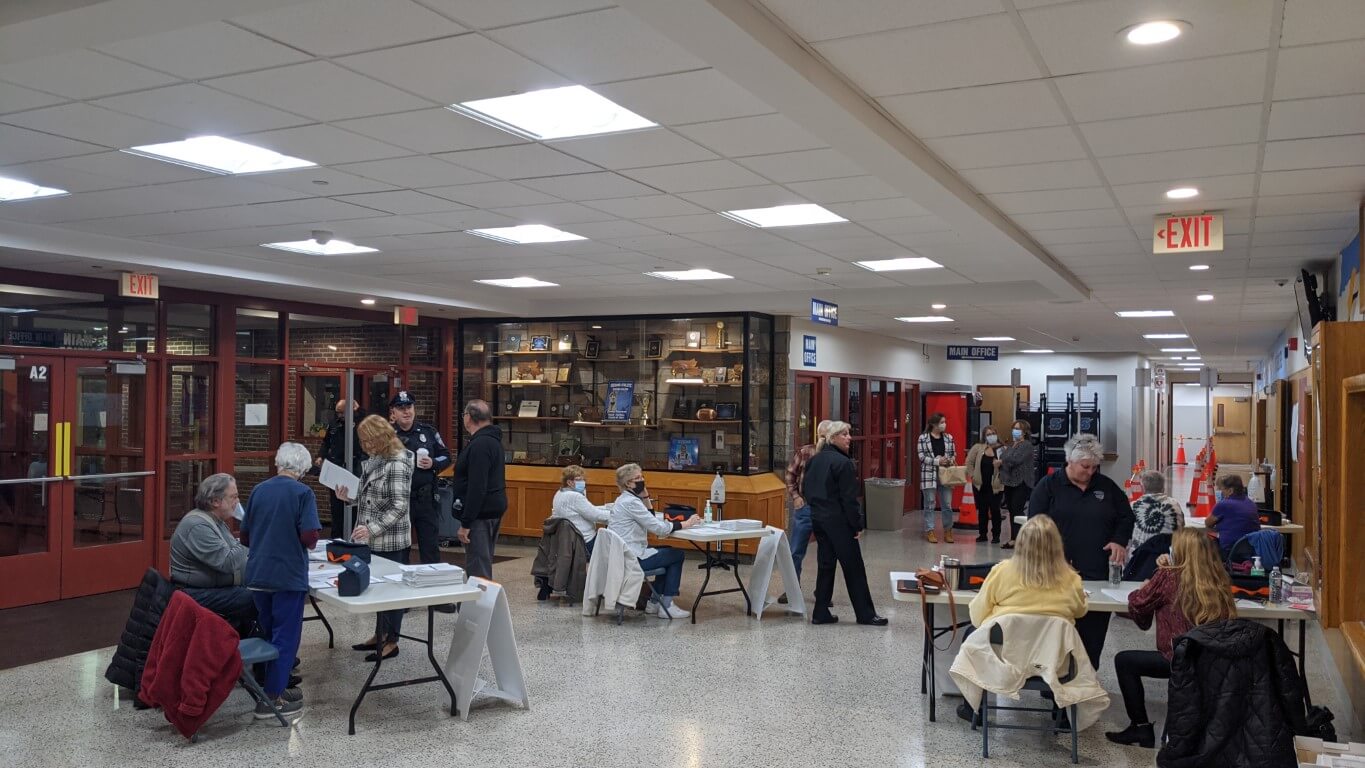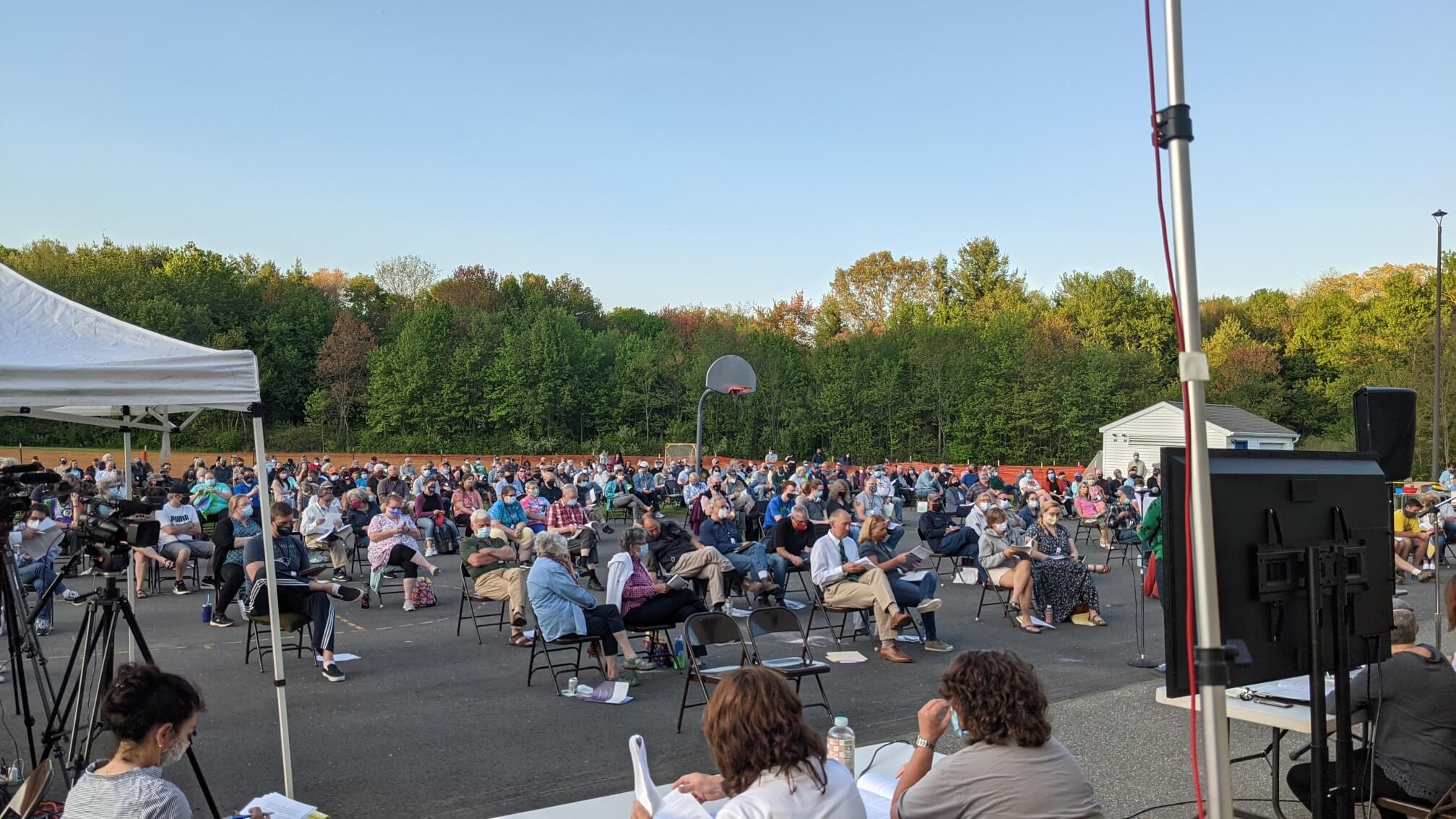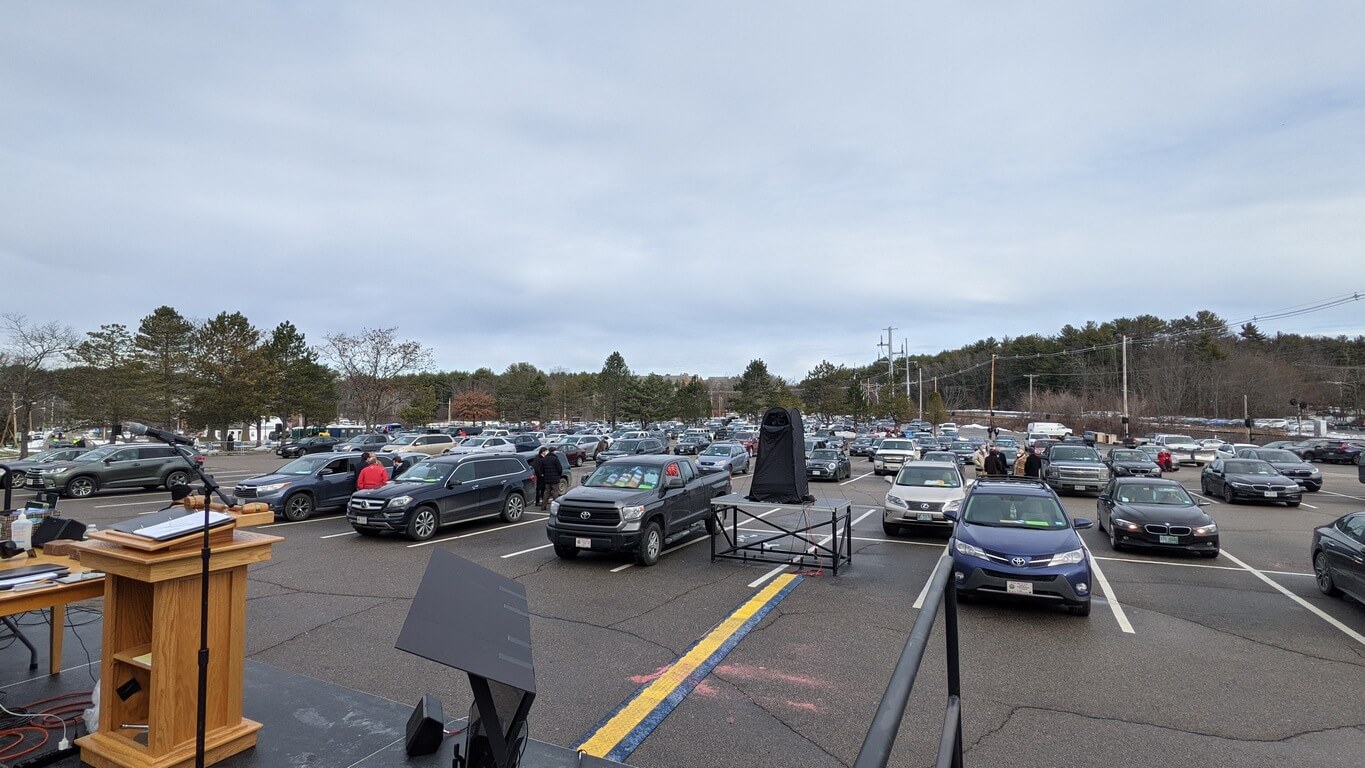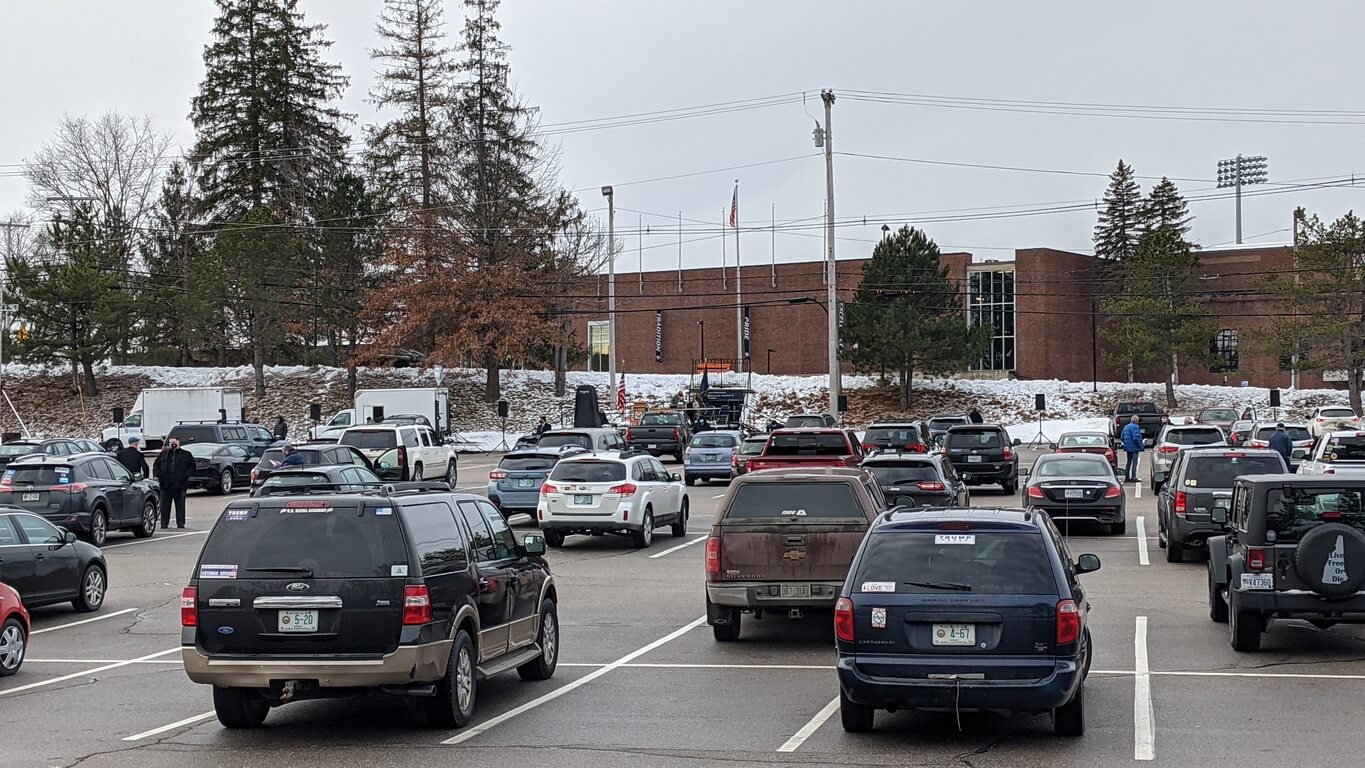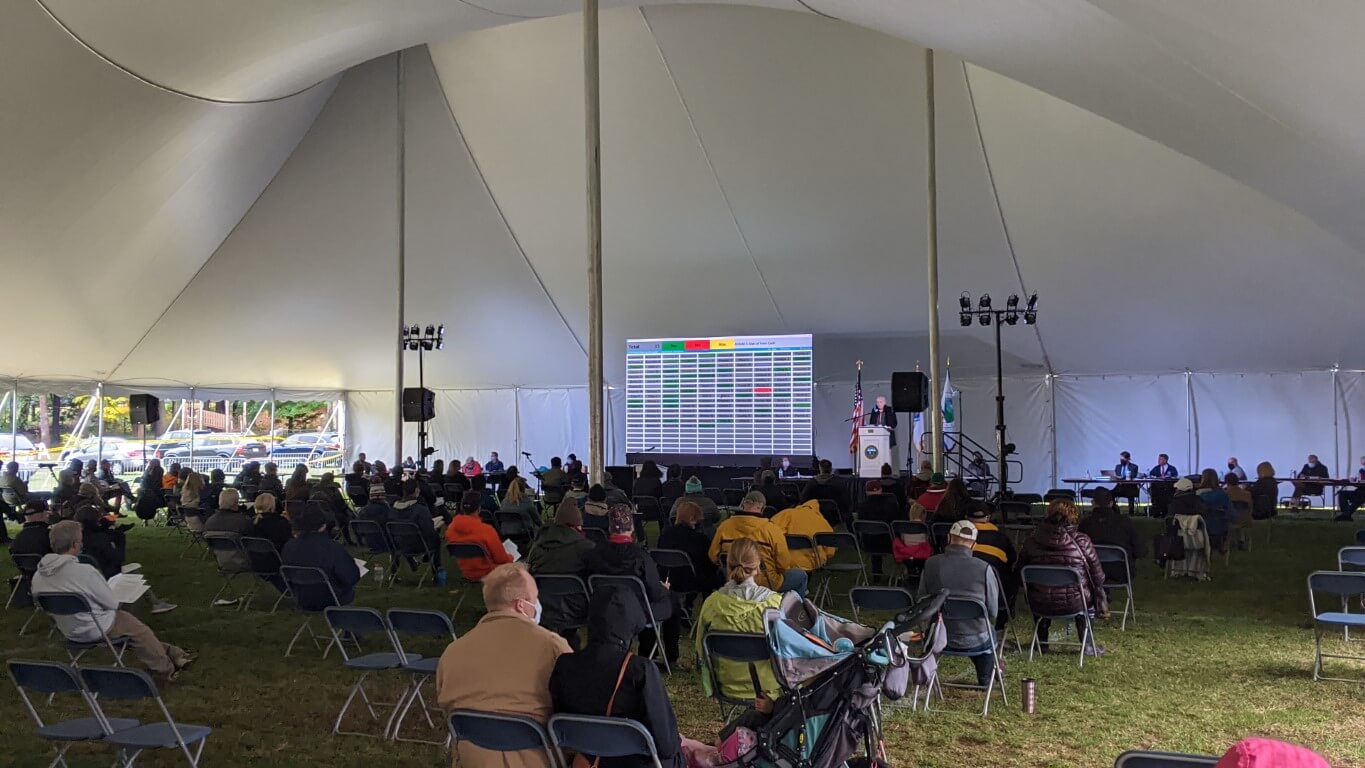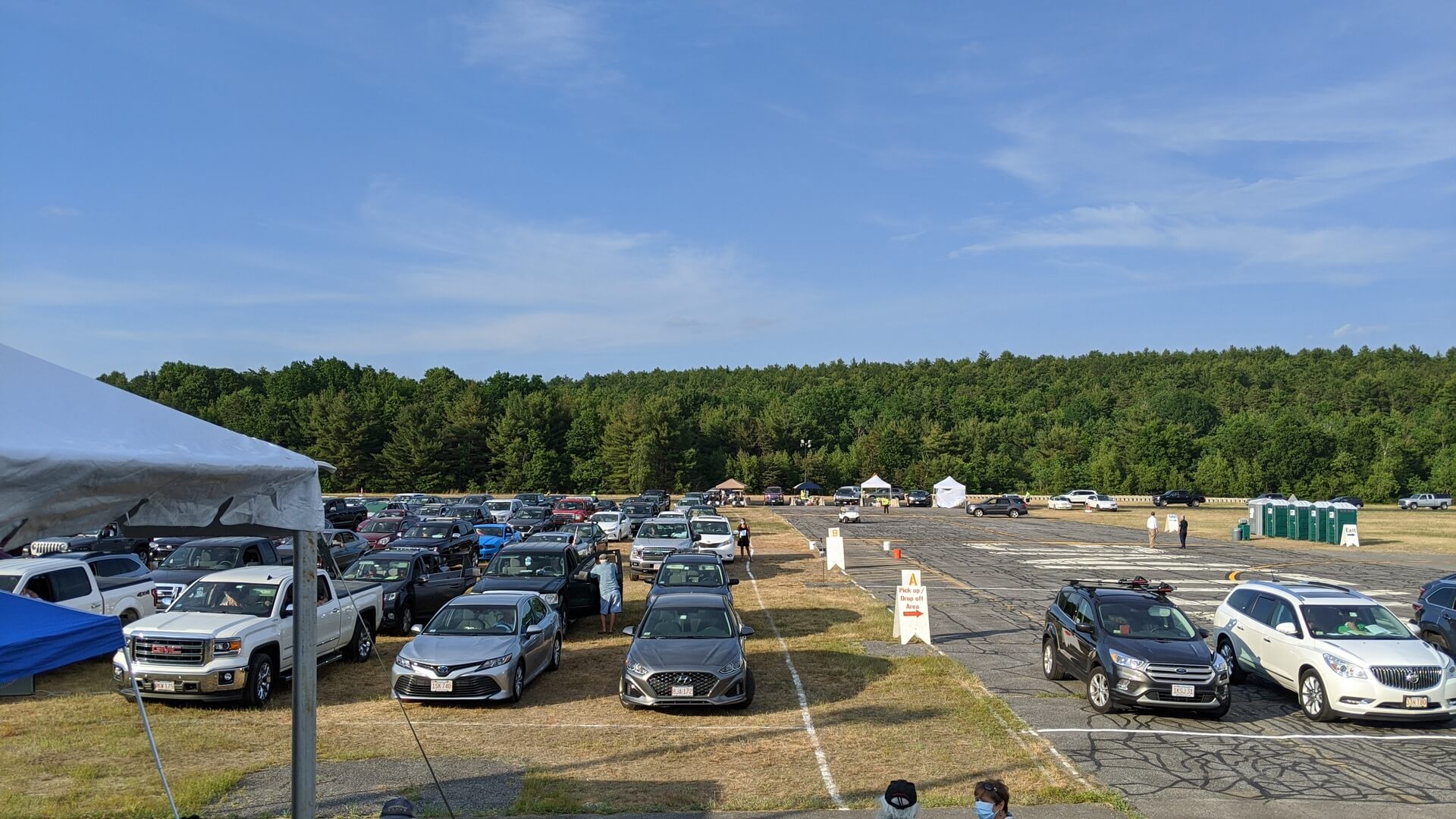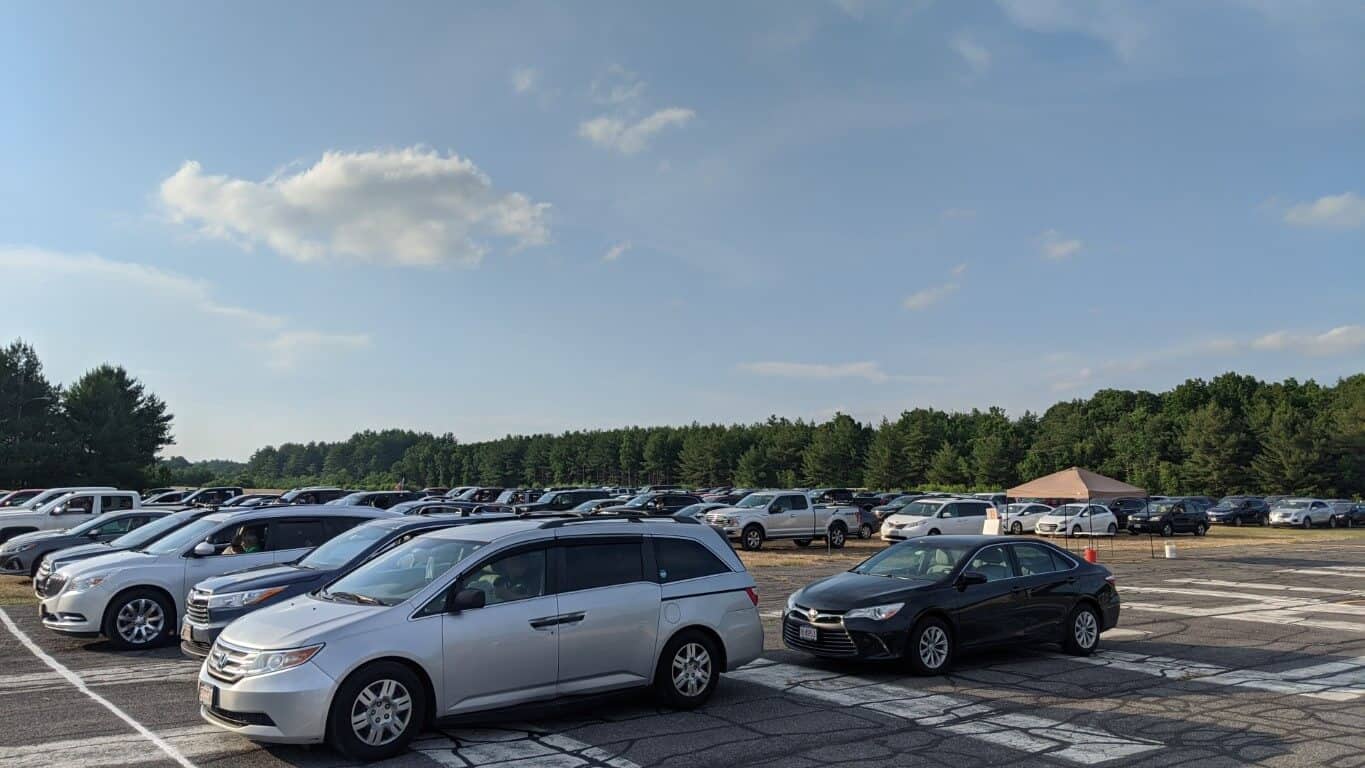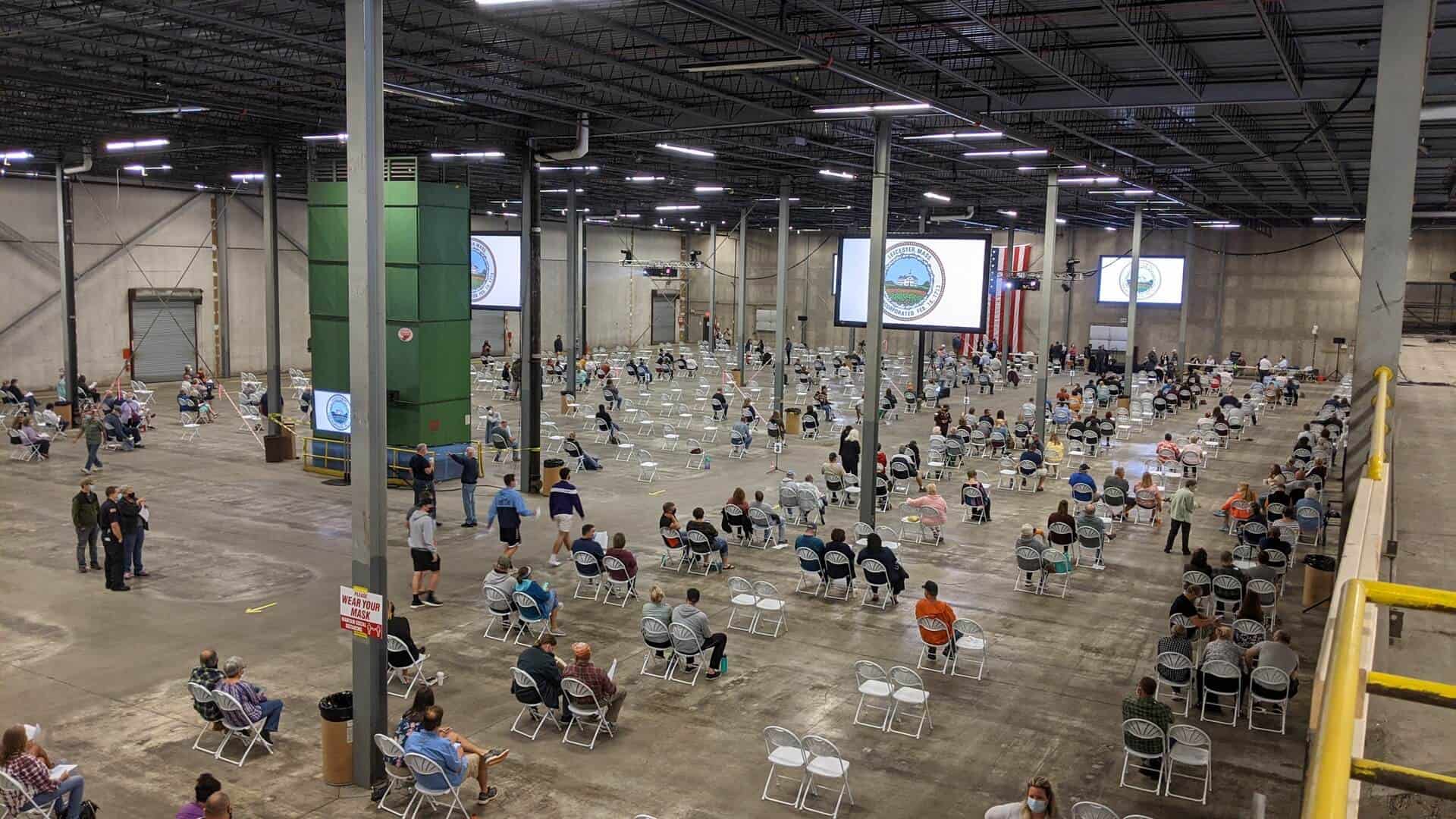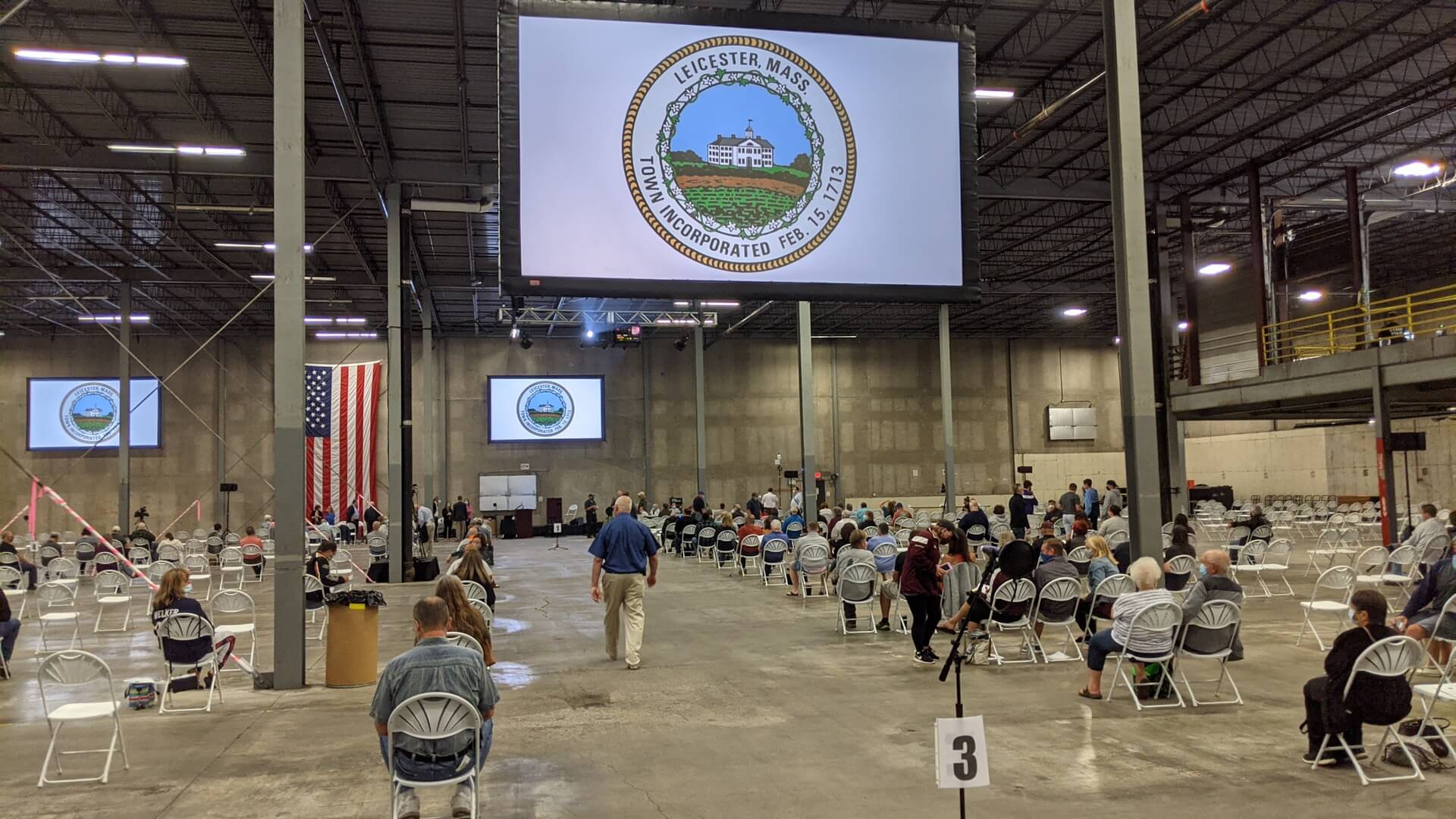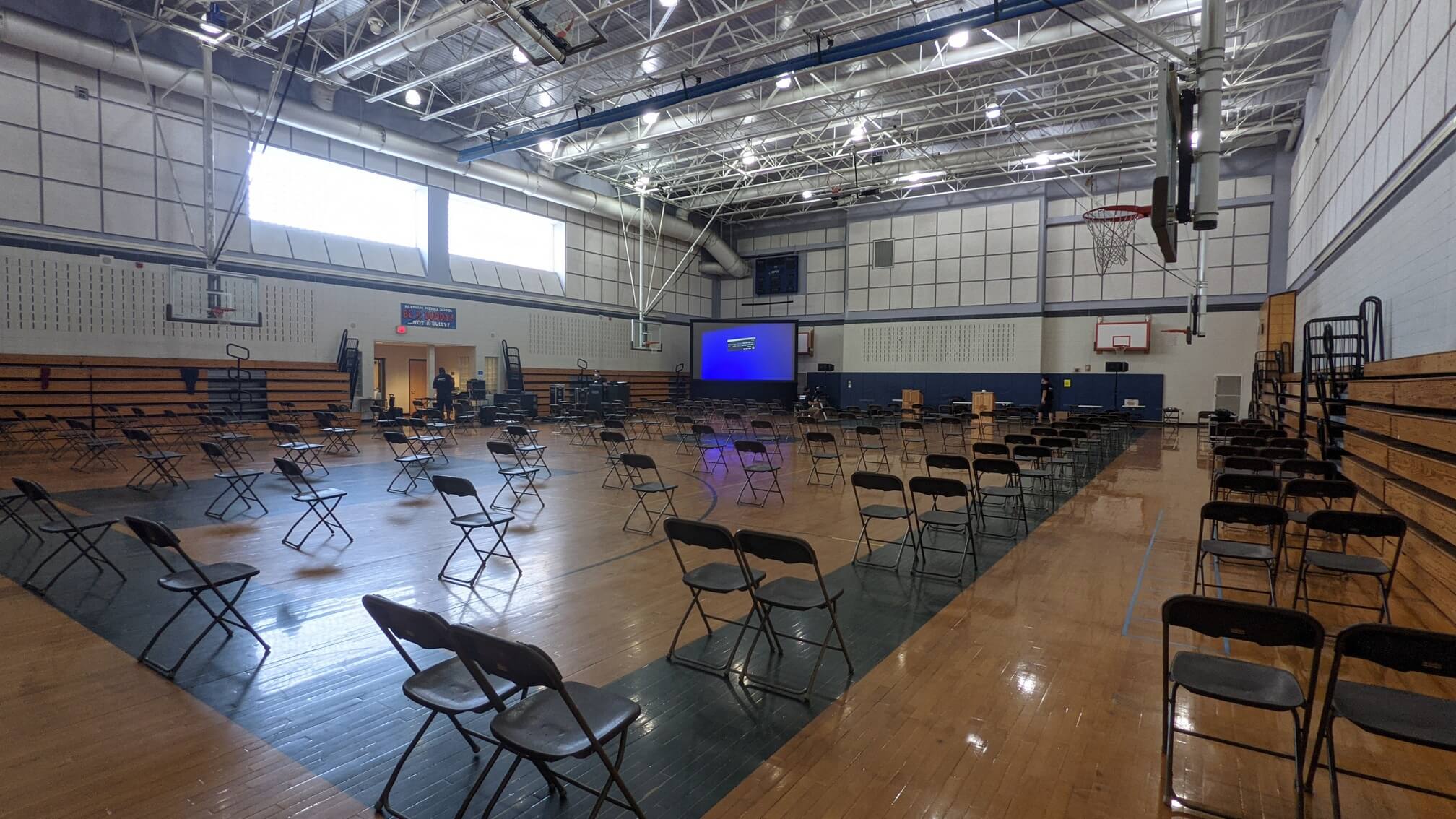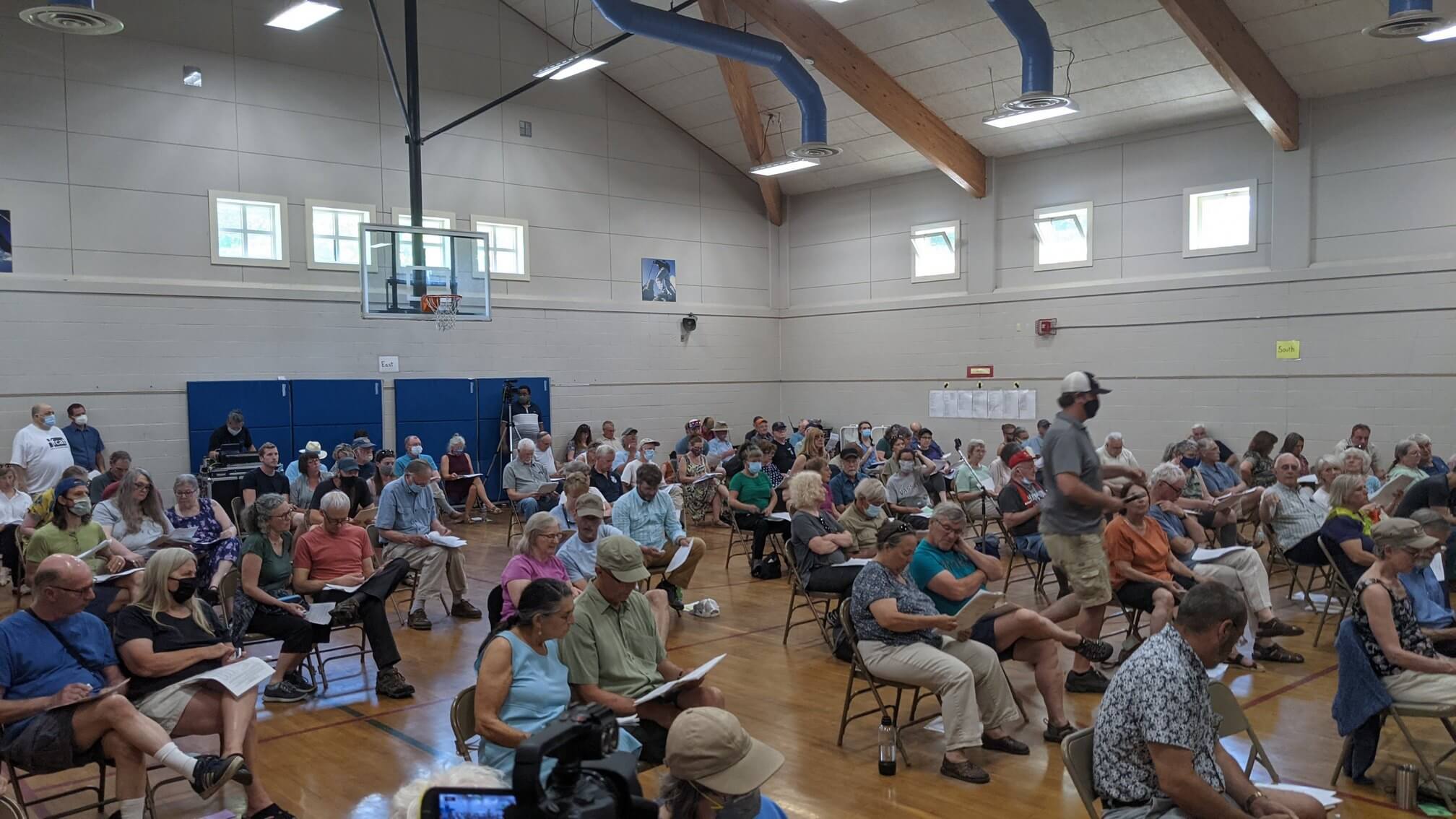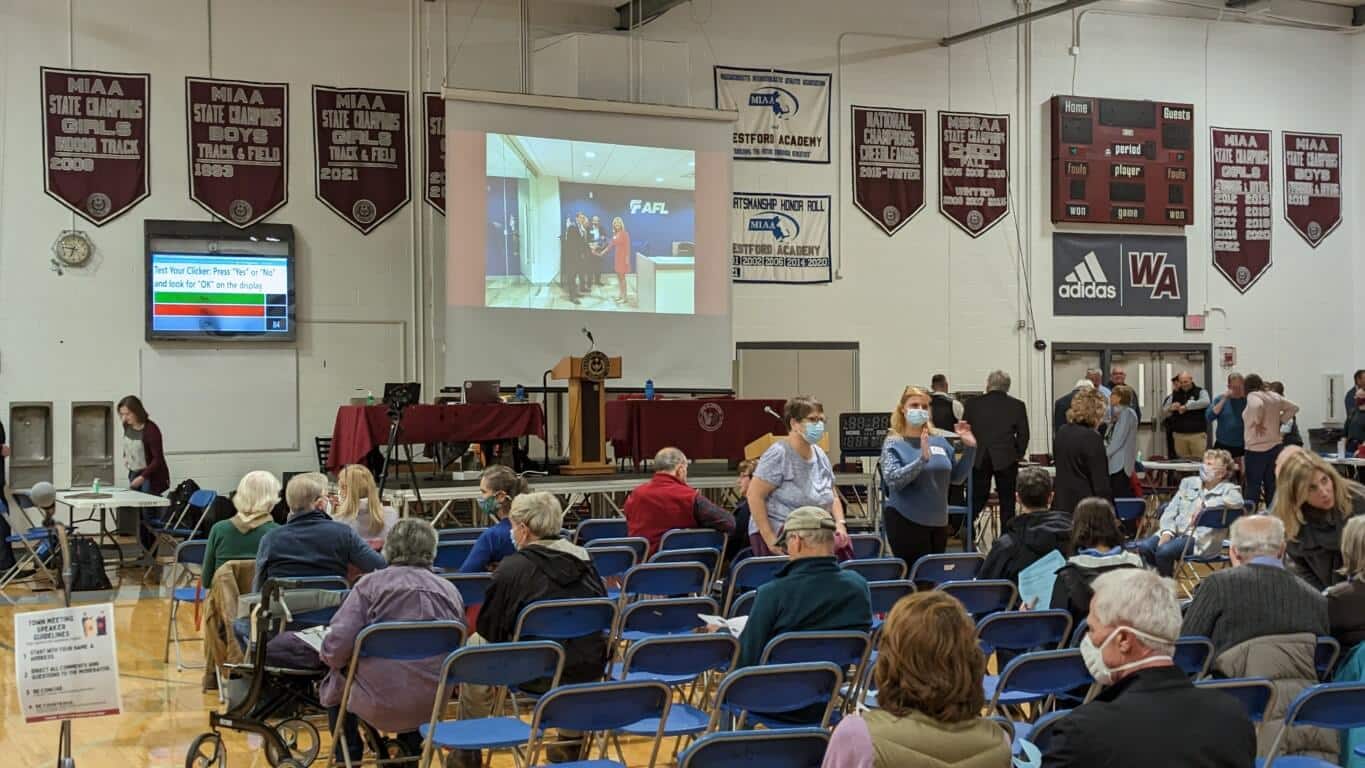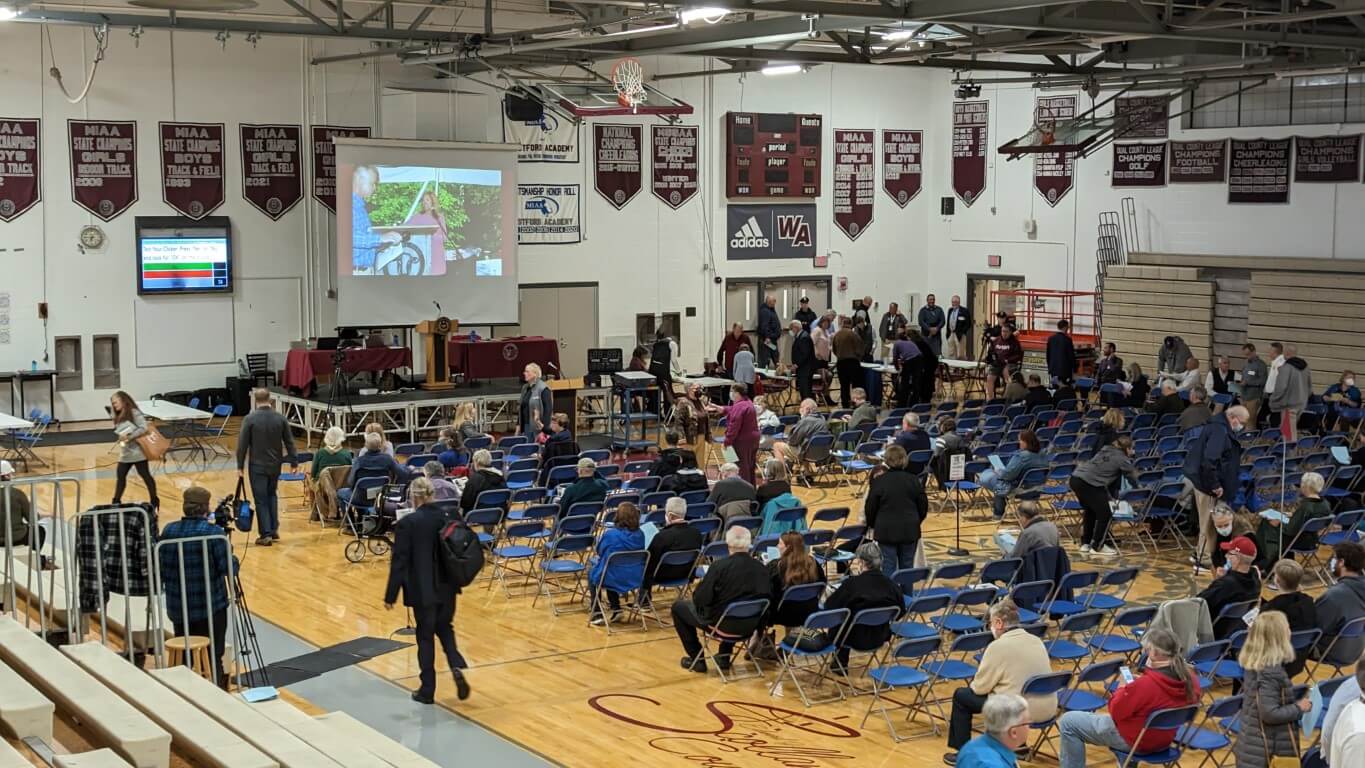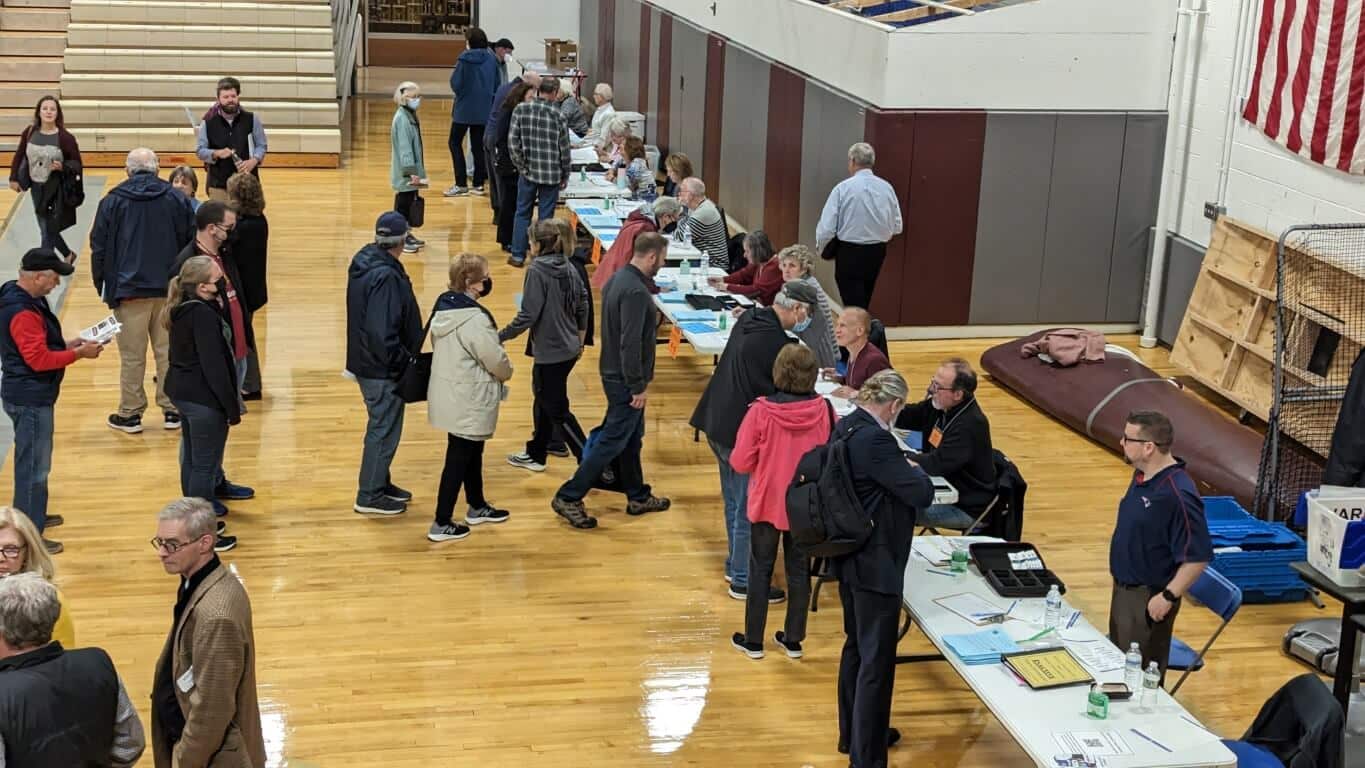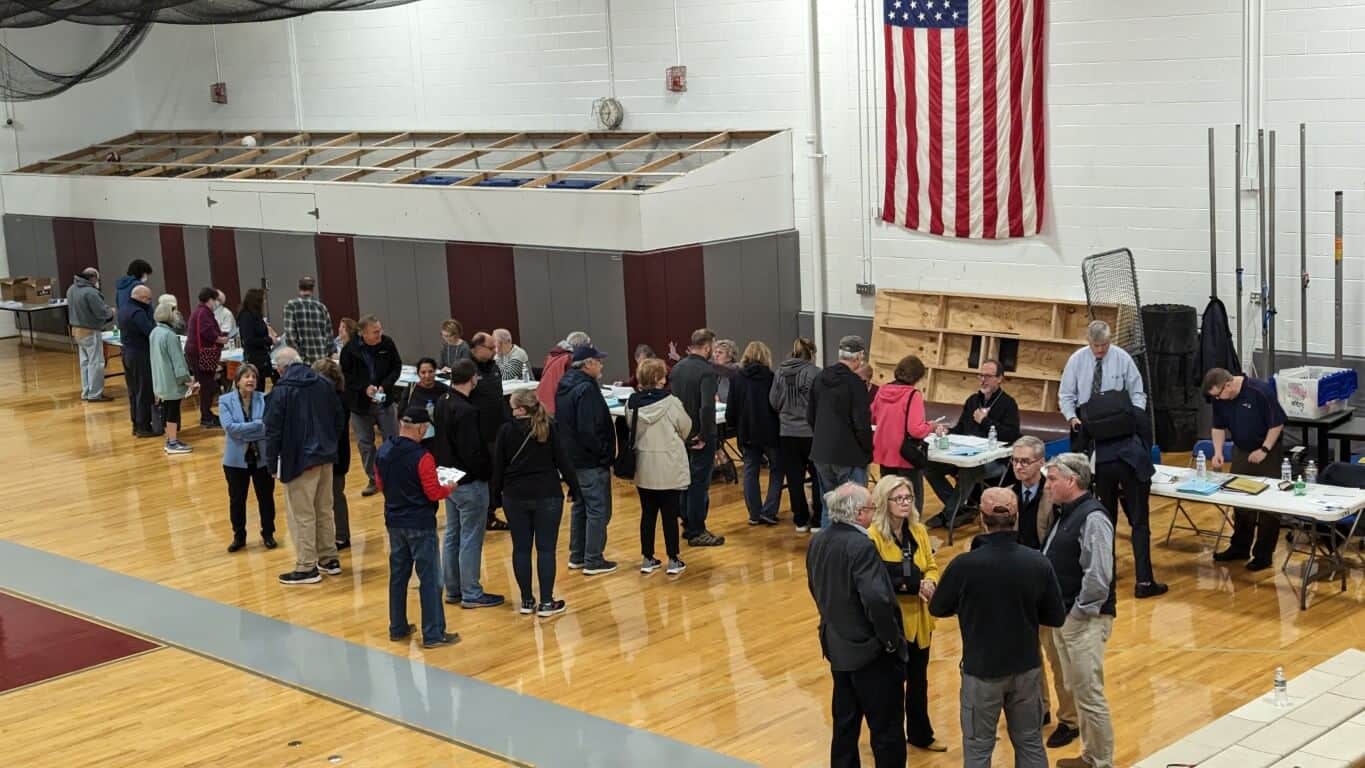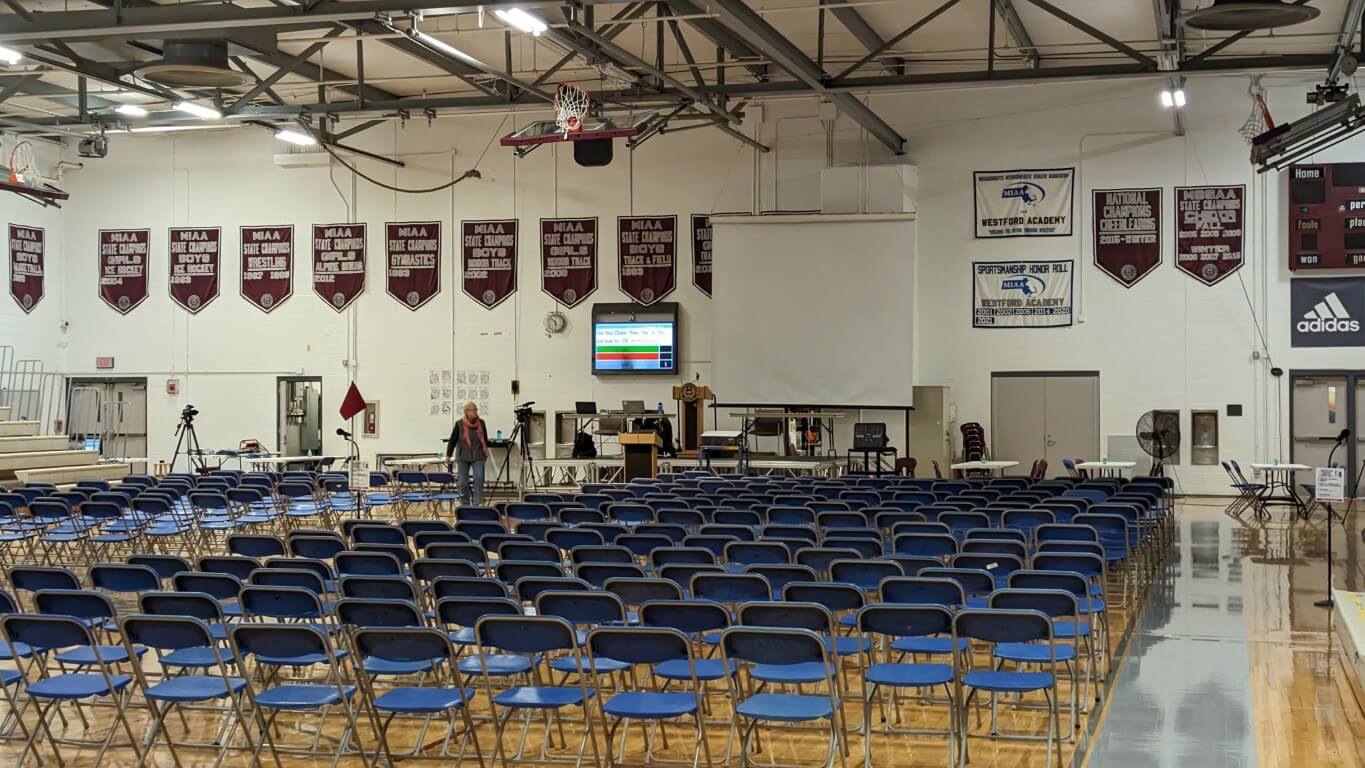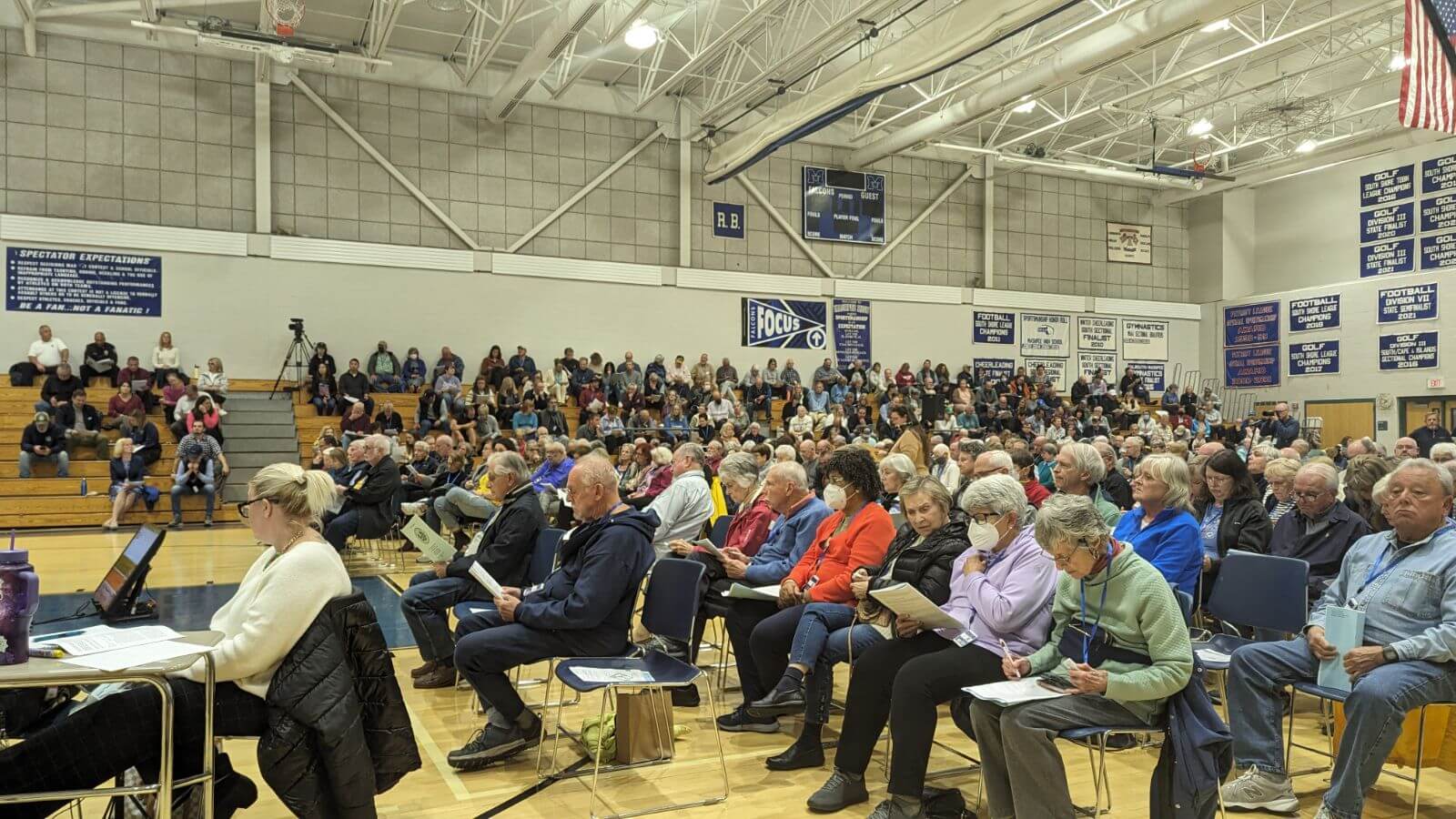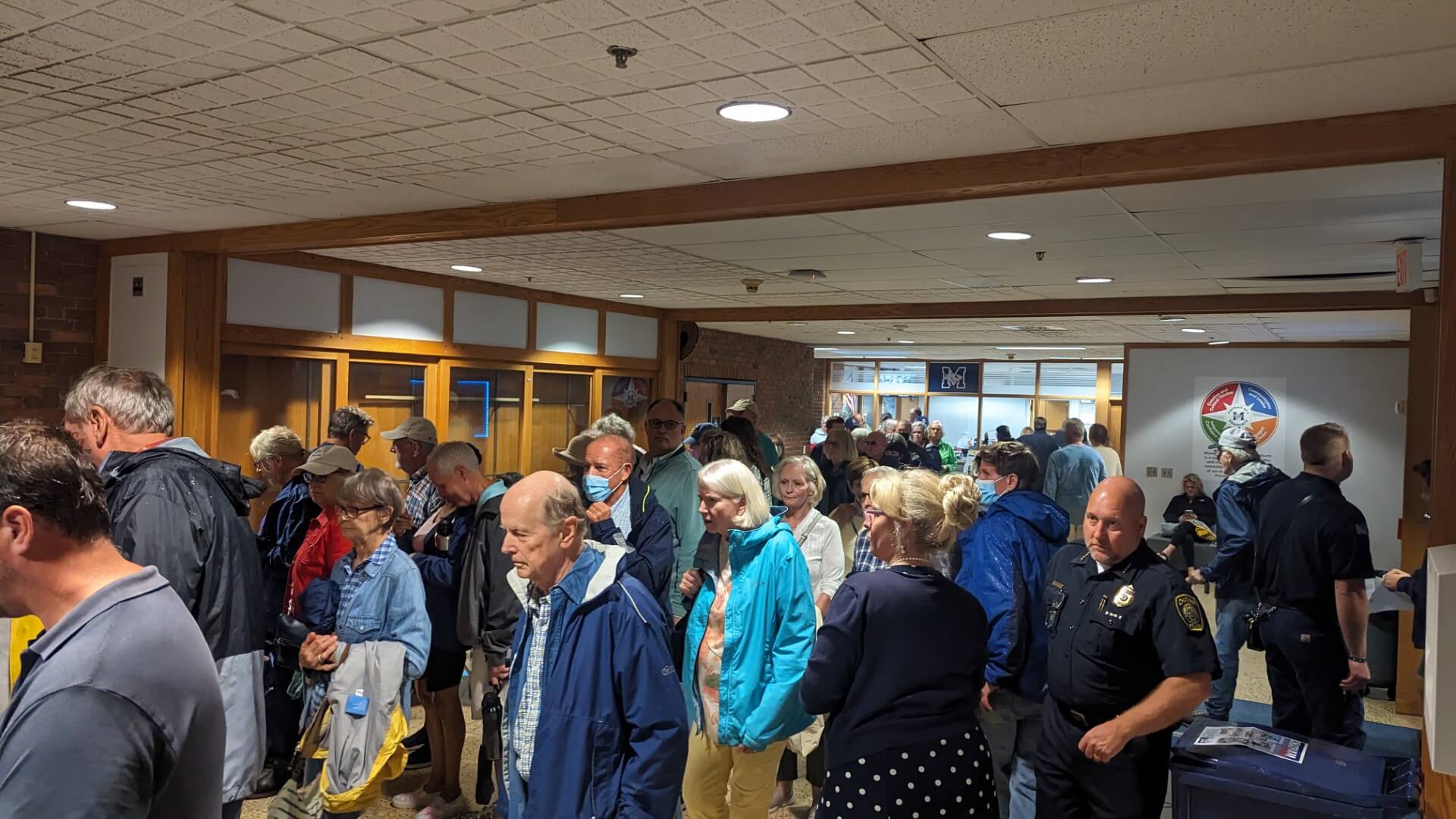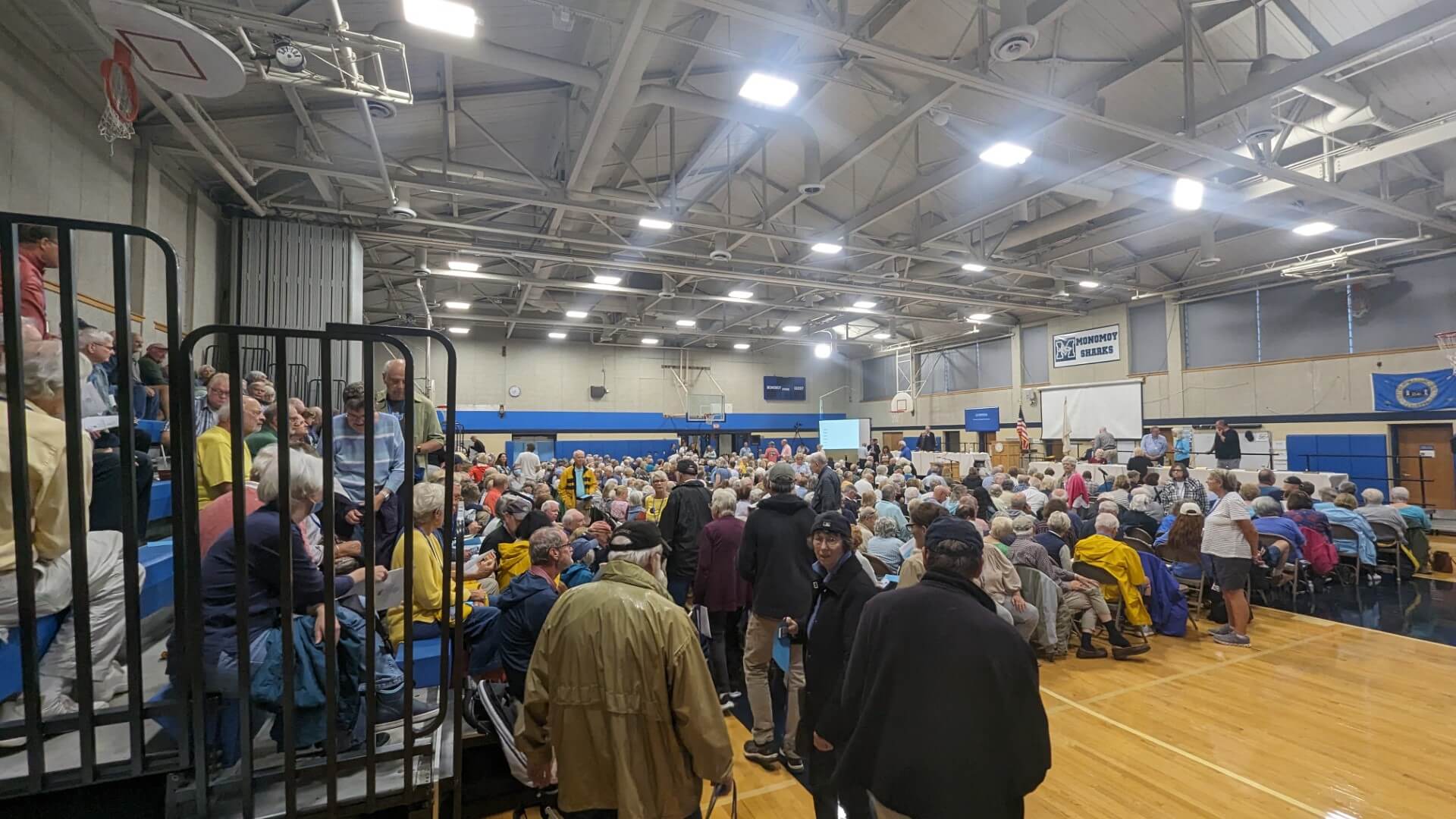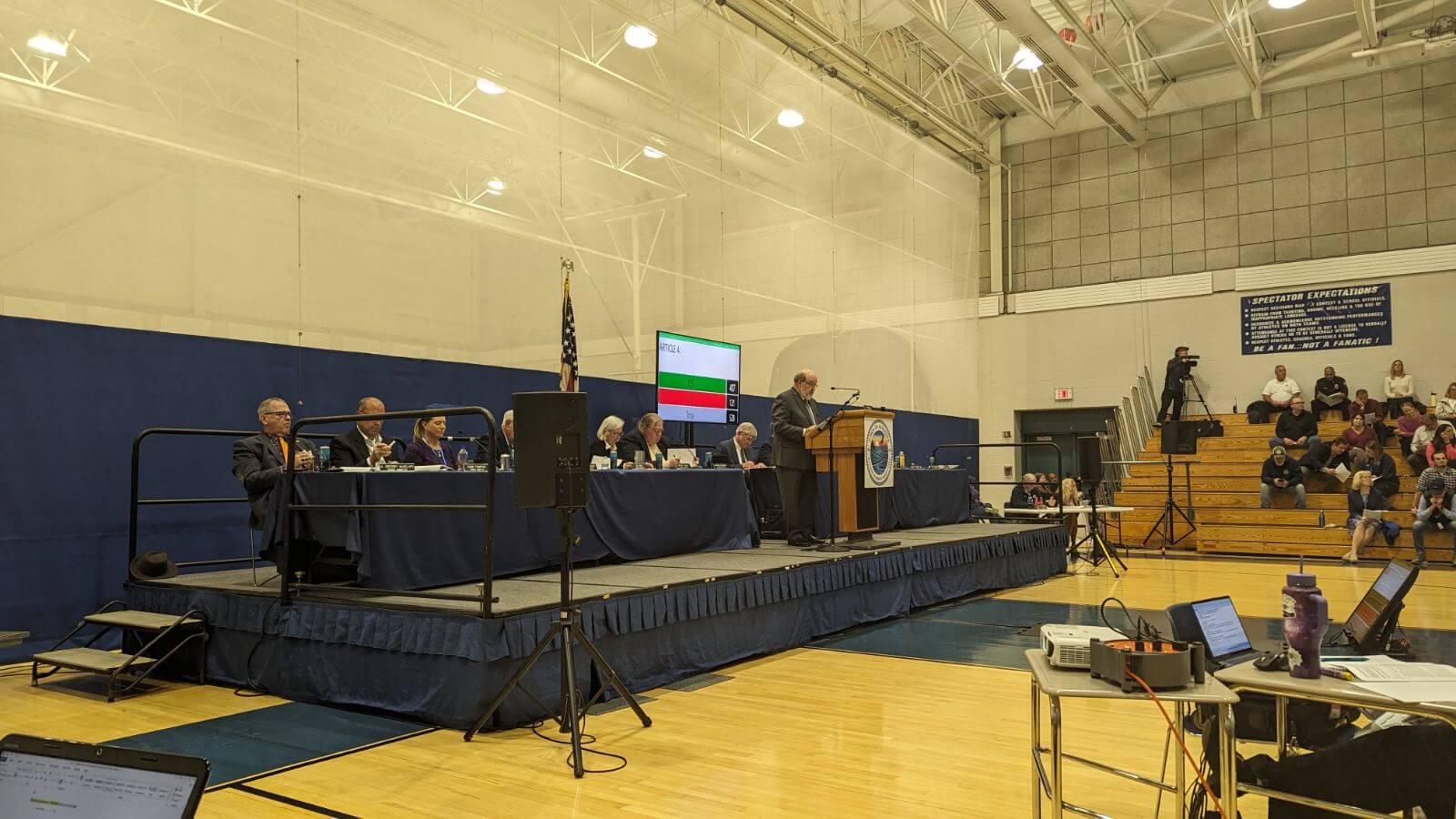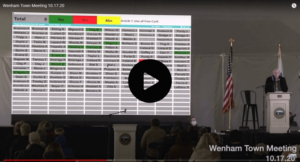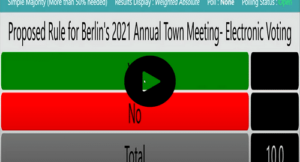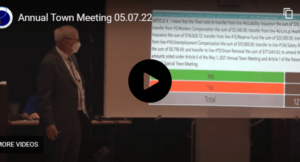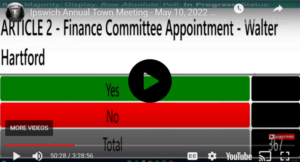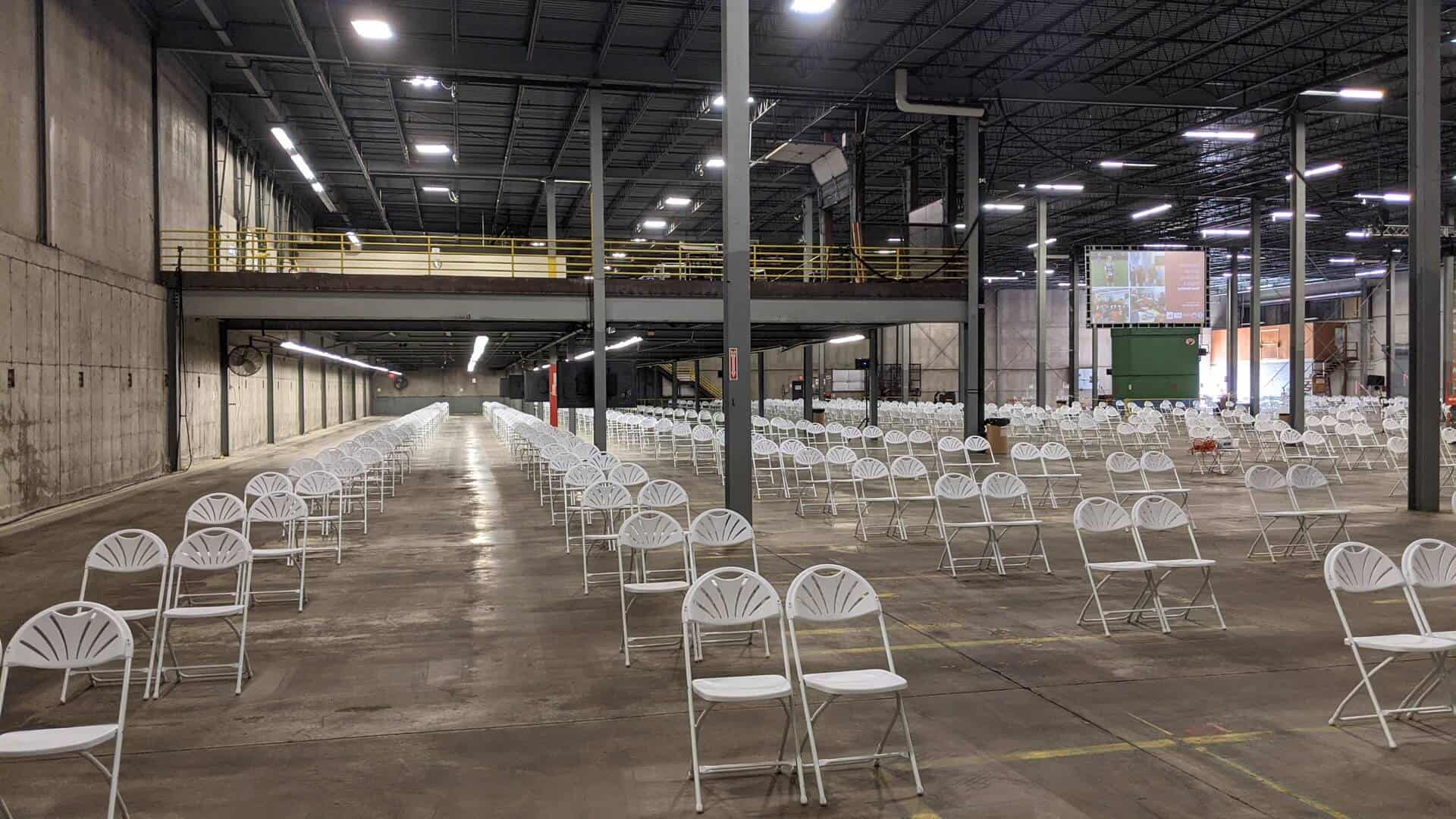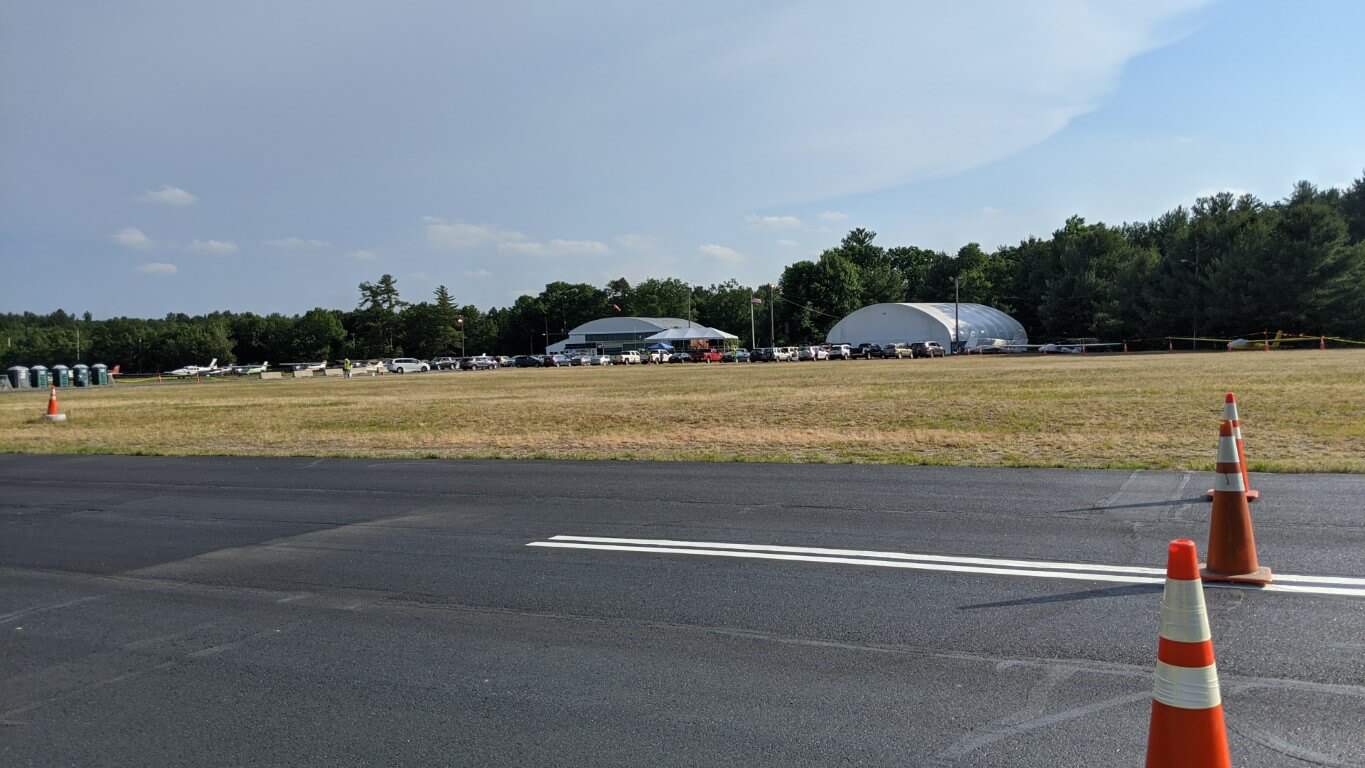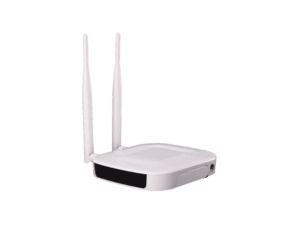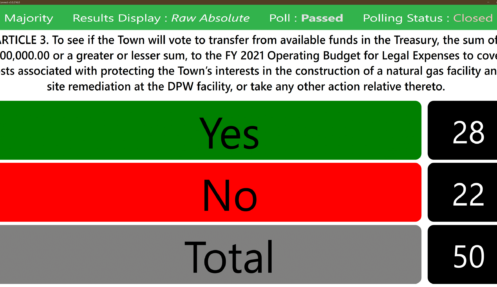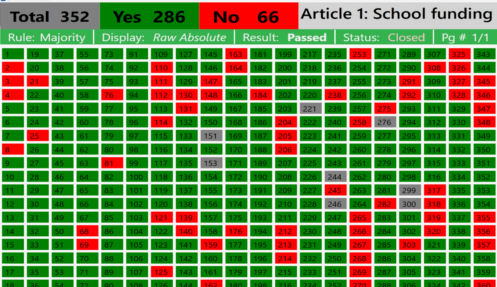Electronic Voting System in New England Town Meetings
Replace Hand, Voice and Paper with a Voting System
Never Again Count (and Recount) 2/3 Vote by Hand
Works with Open and Representative Government
Automatically & Instantly Calculate Any Quantum of Votes
Private & Anonymous Vote by Default
Count Both Yay and Nay Floor Votes in Real Time
Increase Town Meeting Participation
COVID-19 National Emergency and Public Health Emergency has been cancelled on May 11, 2023.
Meridia still recommends that you use Visual Vote Confirmation as a best practice in secure electronic voting.
Thank you for working with us so diligently over the last three years to make things work even in the most difficult of environments.
Electronic Voting System in New England Town Meetings
New England Town Meetings, often referred to as a true town meeting, are universally recognized as the purest form of democracy. Throughout Massachusetts, Maine, New Hampshire, Connecticut and Rhode Island, towns and communities call upon their citizens to come together in a formal setting to debate, discuss, and decide on matters that impact their lives and communities.
Prior to each meeting, a small board of elected “selectmen” which are essentially the executive arm of Government in New England towns, publish a Warrant, which is an agenda of important items to be voted on during the town meeting. Traditionally, town meeting participants have used voice, paper or hand votes to approve or disapprove of the Warrant items, however in today’s modern town meetings, many communities are quickly adopting electronic voting technology to accurately count the votes and calculate if an item has passed or failed.
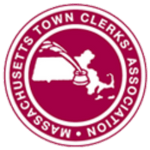

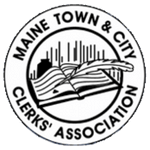
“The electronic voting system streamlined the process in multiple ways. Our moderator was able to call votes with a greater sense of certainty, as each vote total was shown directly to her, with the required quantum of votes threshold displayed clearly and instantly. Additionally, the public felt more confident in casting their votes anonymously with the new system.”
– William Blake, Assistant Town Administrator, Grafton, MA
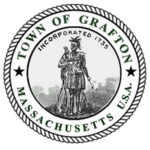
Case Studies
Town of Leicester
Town of Leicester needed to socially distance over 800 voters in a 80,000-sq foot facility.
Town of Sterling
Town of Sterling needed to have their town meeting at an air strip, where residents would vote from inside their cars.
Town of Stow
Town of Stow was forced to split their voters into two separate spaces, about 150 feet apart.
What do Town Clerks Say About TownVOTE?
What are the main benefits of electronic voting in town meetings?

Anonymity
Fear of intimidation – out.
Honest opinion – in.

Higher Attendance
Towns are reporting higher business owner, and general public attendance.

Instant Vote Count
Every electronic vote is a secret ballot.
Done in seconds.

No Herd Voting
Delay or hide how the individuals vote and/or delay which way the vote is swaying in real time.

Clear Vote Count
No longer doubt the Moderator’s call of a Majority or 2/3 Majority after a voice vote.

Keep Town Meeting Tradition
Town meeting’s debate stays intact. Use voice vote when appropriate and clickers when needed.
“The biggest benefit from having this system is I feel we are getting a true vote every time now. People are not afraid of their neighbor seeing or hearing how they voted. We do use it for every article, which saves a lot of time. No more queuing up to cast a secret ballot! I love that results are immediate and the audience sees them in real time.”
– Ellen Agro, Town Clerk, Mendon, MA

Frequently Asked Questions
Is the voting secure?
Yes.
U. S. House of Representatives and NH House of Representatives use the system.
Our TownVOTE software is set up to maximum security by providing a Visual Vote Confirmation by default.
As a whole, Meridia’s product is an offline, close-circuit, short-range RF voting system with proprietary communication protocols and unique configuration available for each town.
Towns like Groton and others have a dedicated voting computer that doesn’t have any Bluetooth or Wi-Fi hardware in them, so that no incoming or outgoing connections can be made.
Scroll down to the Security section and learn more at www.meridiaars.com/security to learn more.
How do I know the voting system is working?
Follow a Test & Run Checklist.
Feel free to dive into the details and download our “Event Checklist” from the Knowledge Base.
Make sure that you test the system (best in the Grid Mode) before the meeting to be confident that you can see all clickers ‘light up’ like this:
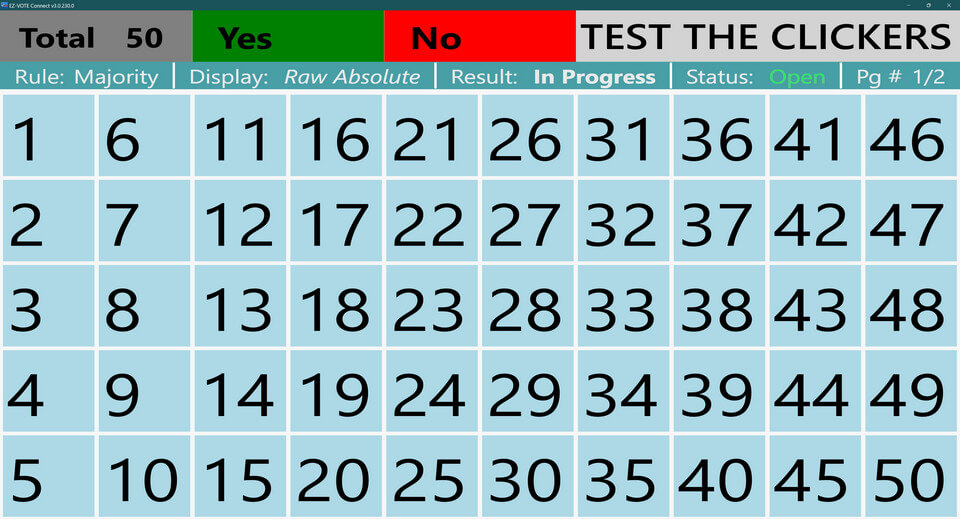
Your Keypad Range (KR) setting, and your Participant List (PL) should be the same (or leave Keypad Range much larger). For example, the KR setting could be 1 – 400 and PL can be 1 – 400. Alternatively, you can set KR to 1 – 1000 just in case you need to rent or borrow more keypads from Meridia, or your neighbors.
(Note: Keypad Range settings are accessible from the Connect Dashboard –> Settings –> connect the base receiver –> click Refresh –> change the KR setting and click Update).
Test voting from any angle in your meeting room and test the farthest corner.
See if any clicker shows the low battery indicator (learn more about keypad notifications) and change the batteries as needed.
If you confirmed that all clickers worked for you, then the only thing left is for the voter to actually push the button and make sure they see “OK” on their keypad screen. If they don’t see the “OK” on the first try, it’s OK to push it again – only one vote will ever be cast and counted.
How do you distribute keypads to the voters?
It’s an individual decision.
Feel free to contact us (click the Get Quote button, call, or email us) and based on your specific meeting venue, number of people, and your voter registration process, we can recommend the best way to do it.
Normally, the towns in Massachusetts do not assign keypads to individuals, so that the voting can be truly anonymous, but they might note the clicker number so that they can track it down if it is missing.
You can put the clicker inside the ‘voter registration packet’ if there is one given out at the door.
COVID-19 precautions also caused a lot of changes, so a sanitizing station(s) might be necessary, and you will most likely have more registration stations than usual, so that you can accommodate the social-distancing requirements.
We have a handy support article with a couple of examples of how the towns set up their registration tables:
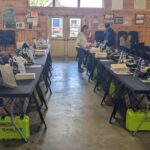
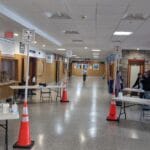
Will everyone vote?
Unfortunately, no.
You may register 500 voters at the check-in stations, but you should expect voter participation rates will fall below the total number of clickers distributed.
Live audiences rarely pay attention 100% of the time, so expect a few participants to be out of the room, talking to a colleague, or distracted by their phone.
Other voters may be confused or undecided about the voting topic and opt not to vote as they don’t feel strongly one way or the other.
Some excited voters may try to vote before the moderator opens the voting window and some procrastinating voters may try to vote after the voting window has been closed.
While 100% voting participation can be forced by assigning devices to individuals and then calling out “John Smith“ by name for his lack of participation, the effort and time required may be a little more then most moderators are willing to pursue.
See our answer to “How do I know the voting system is working?” to learn more about what you can do to be confident in your voting system, and to educate voters on how to use it effectively and make them confident also.
Can I have a meeting outdoors?
Yes.
There have been many Town Meetings during the Pandemic that took place outside. Just ask towns like Orange, Sterling, Stow, Lancaster, or even New Hampshire House of Representatives who all held their meetings at airports, parking lots, baseball fields, and other odd places.
Is the tradition of Town Meeting affected?
No.
The voting hardware (clickers) and software are used to administer the voting part of the Article workflow. The initial motion, second, and the debate are not affected in any way. The Clerk can decide to take minutes and utilize our Speaker Timer feature during the debate, or record a voice/hand vote if desired, but the debate itself is never skipped, or otherwise modified by the voting system.
As always, it’s up to the Moderator to start and stop the voting period. Residents cannot vote outside of the voting window.
Who runs/operates the software?
Anyone can do it.
The TownVOTE software is so easy to use, anyone can do it. In our towns it’s either the Town Clerk, Town Administrator’s Assistant, the Moderator themselves, or a dedicated audio-visual, or IT person who comes to the meetings anyway.
Check out our Training Video and see for yourself.
Do the voters and non-voters have to be separated?
No.
If you don’t have a clicker, you cannot vote, therefore the need for separation is much lower. You might still want to separate the visitors for other reasons, but like in a Town of Carver, if you’re using lanyards, you can tell who is a resident and who is not very clearly.
Is there a countdown or time limit on the vote?
No.
First, please see “Will everyone vote?” FAQ above.
But no, we don’t provide a countdown or timer. This is because it could affect how many people can/will vote. Our system is designed for accuracy, and can collect all available votes, but they are only counted while the voting period is open, so if the vote is closed too soon, some people may not get to vote. And then they will complain. Believe us.
Here’s a simple guideline you can use to determine what’s important to you during a voting period:
Using Countdown: you’re going for speed and a snapshot of the audience ‘mood’, not the complete picture where ‘every vote counts’.
Vote Counter: you want/need accuracy, a complete picture, and you want all or most votes to be counted.
Are the votes recorded anonymously?
Yes.
There’s no link between the keypad and the person in the TownVOTE software. You may want to record the keypad number that you’re giving to the resident, so that you can get it back at the end of the meeting, but the voting software doesn’t see that information.
The TownVOTE software can be configured to only show what you need to see – the subtotal of Yes and No votes, and a total of votes received. We also recommend that you hide the subtotals until after the vote is closed to prevent ‘herd mentality‘.
How do voters know the voting system is working?
Explain How Voting Works. Provide a Test Question.
It’s very important, especially if this is your town’s first Town Meeting with voting clickers that you explain how the system works. The introduction/instructions and a test question (or two) go a VERY LONG WAY toward trusting the system, and ease and speed of the voting process.
You can use (and customize) this sample presentation with instructions on how to use the Town Meeting voting clicker:
Also see this article about keypad notifications and feel free to use the images from it for your custom instructions.
Sometimes it’s a good idea to leave the test vote with “Test Your Clickers” open while the registration is in progress, so that people walking into the Town Meeting can push a button and see that the vote has been counted.
Do the keypads have any ADA-compatible features for visually impaired?
Yes.
Meridia can now offer a portion of the keypads in your order to be ADA-compatible. Click the Get a Quote button above, or call us at 610-260-6800 to learn more.
The keypads can be configured to make a sound when the button is pressed and we offer a special design of the EZ-VOTE 5 keypad with buttons enhanced by Braille (raised) symbols.
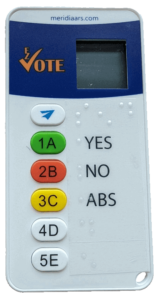
What happens if we lose some keypads?
No problem. You’ll disable them.
See the Security section a bit lower on this page for more details, but part of the software security configuration is the fact that you are able to define a segment of the keypad range that the base receiver (antenna) will recognize and it will not allow any keypad outside of this range to vote.
Similarly, on a granular level, you can disable an individual keypad, or keypads. That way, if it is lost, or someone just forgot to return it, but it might be in someone’s pocket at the next meeting, you can disable it and the keypad will never be able to submit a ‘rogue’ vote that you did not authorize.
Can I split the audience into multiple voting areas (overflow rooms)?
Yes.
We can accommodate multiple (overflow) rooms easily. Towns like Stow and Raynham had to split their audience into indoor (gym and/or cafeteria) and outdoor (baseball field) in order to fit all the participants into the Town Meeting.
Do you need to split your voters into more than two rooms? Ask us how it’s done and what logistical accommodations do we use for those scenarios.
Are there grants, or other financing available to purchase the town meeting clickers?
Maybe.
Meridia does not provide financing. We do business with towns based on a PO or a direct invoice.
However, there are towns in MA which were able to get a grant to purchase the voting system through their Governor’s office. During the COVID crisis, towns were able to utilize the ARPA and similar disaster relief funds that may still be available today.
Contact your Massachusetts Town Clerks’ Association representatives to see if they have more information.
Are the results shown to the public? How?
You can show them, or not.
It’s up to the Moderator to choose the voting method, thus it’s also up to them to choose whether to show the results or not.
Since you’re replacing a voice vote, or a hand vote, showing the results is not mandatory – you didn’t see the results before, right?
But since it’s very appealing to the public and it certainly adds to trustworthiness of the system, and the democracy behind the vote, we recommend that you do show the results to the audience, if possible.
You can consult with your audio-visual experts that you use for the projector screen and speaker & mic setup. They’ll tell you everything you need…but in simple terms:
- connect your voting computer to a video cable (HDMI will do) that goes to your projector and show the results that way.
- if you’re using more than one video input (e.g., PowerPoint presentations, videos, Word doc with your Warrant), you’ll need to use a video switch, so that you can (literally) hit a button on the switch after the debate on the article is over, and you need to show the voting screen and later the results.
Check out the image gallery on this page (click on the photo to enlarge it) to see how towns around you are doing it.
Helpful Downloads
Head over to our Downloads page for a complete set of helpful documents that you can edit and customize to meet your needs. But below are a few documents that specifically talk to the needs of a Town Meeting.
Town Meeting Electronic Voting Procedures
Download our guidelines for electronic voting procedures. Feel free to put your own spin on it, such as the registration and keypad collection, depending on your voting area limitations and requirements.
Town Meeting Clicker System Information
Download the general electronic voting clicker information that talks about how the voting works, what the three (3) steps in the voting process are, and how we secure the voting system.
Advanced Overflow/Multi-Room Setup
Download a brief overview/drawing of the architecture behind setting up for an overflow room (or multiple rooms). There are optional components that you’ll need to order to facilitate this setup.
Town Meeting Clicker Voting Instructions
Download the fully editable (PPTX) version of the Keypad Voting Instructions, which you can dissect and customize to meet your needs and formatting requirements.
Keypad Collection Poster
Download this bi-lingual poster (fully customizable PPTX) that you can print and place at the keypad collection points around the voting area. This method helps reduce the loss rate of the clickers.
Keypad Etiquette Poster
Download this (fully customizable PPTX) poster that you can print and place at the entrance to your voting area. You can add your own rules on how to handle the keypads, if you want.
Town Meeting Photos & Videos

Ever-Growing List of New England Towns Using Our Voting System
42,500+ Keypads, 70+ Towns and Counting…

Leicester, MA
Debbie Davis
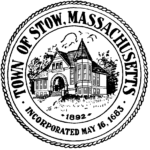
Stow, MA
Linda Hathaway
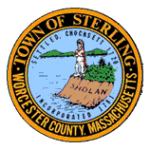
Sterling, MA
Kathleen K. Farrell
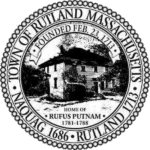
Rutland, MA
Anita Carlson
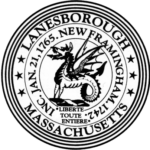
Lanesborough, MA
Diane Stevens

Charlton, MA
Karen LaCroix

Uxbridge, MA
Kelly Cote
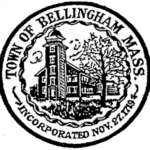
Bellingham, MA
Larry Sposato

Hamilton, MA
Laurie Wilson

Wenham, MA
Nicole Roebuck
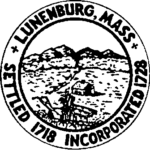
Lunenburg, MA
Kathryn Herrick
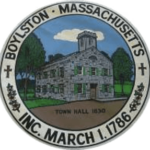
Boylston, MA
Dawn Porter
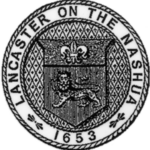
Lancaster, MA
Kate Hodges

Princeton, MA
Nathan Boudreau
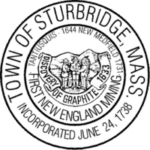
Sturbridge, MA
Lynne Girouard

Berlin, MA
Margaret Nartowicz

Holden, MA
Jeanne Hudson
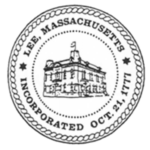
Lee, MA
Christopher Brittain
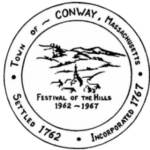
Conway, MA
Laurie Lucier
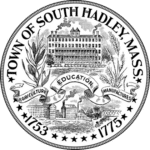
South Hadley, MA
Sarah Gmeiner

Orange, MA
Nancy Blackmer
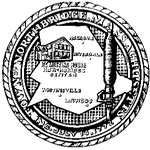
Northbridge, MA
Linda Zywien

Ware, MA
Nancy Talbot
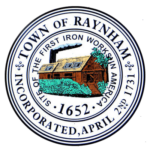
Raynham, MA
Marsha Sylvia

Bolton, MA
Pamela Powell

Rehoboth, MA
Laura Schwall
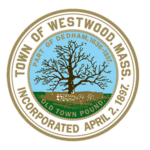
Westwood, MA
Dottie Powers

Seekonk, MA
Florice Craig
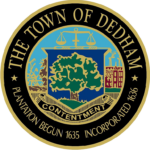
Dedham, MA
Paul Munchbach
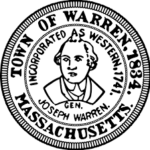
Warren, MA
Laurie Stockley
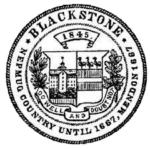
Blackstone, MA
Tara Sullivan
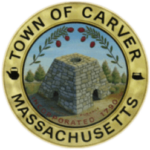
Carver, MA
Cara Dahill

Longmeadow, MA
Lyn Simmons

Casco, ME
Anthony Ward
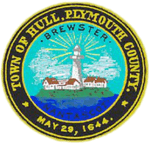
Hull, MA
Lori West
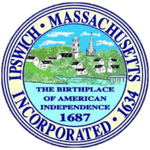
Ipswich, MA
Amy Akell

Aquinnah, MA
Gabriella Camilleri
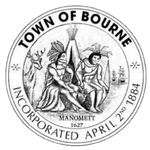
Bourne, MA
Barry Johnson

Mendon, MA
Ellen Agro

Sudbury, MA
Beth Klein
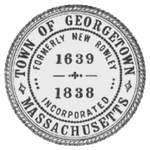
Georgetown, MA
Kerri McManus
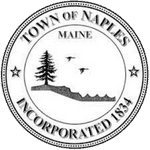
Naples, ME
John Hawley
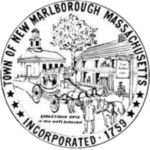
New Marlborough, MA
Barry Shapiro
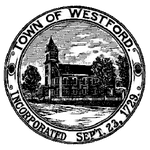
Westford, MA
Angela Harkness
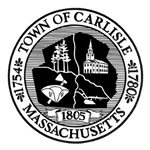
Carlisle, MA
Wayne Davis
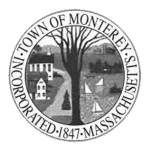
Monterey, MA
Melissa Noe
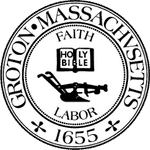
Groton, MA
Mark Haddad

Spencer, MA
Sandra Fritze

Greenwich, CT
Alexis Voulgaris

Chatham, MA
Jill R. Goldsmith

Medway, MA
Stefany Ohannesian

Williamstown, MA
Nicole Beverly

Belchertown, MA
Theresa A. Camerlin
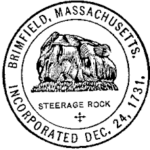
Brimfield, MA
Debra Fagerstrom

Harvard, MA
Lynn Kelly
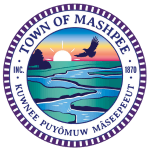
Mashpee, MA
Wayne Taylor

Grafton, MA
William Blake
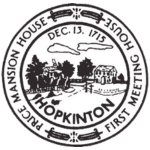
Hopkinton, MA
Connor B. Degan
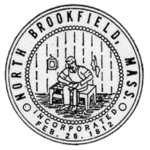
North Brookfield, MA
Tara M Hayes
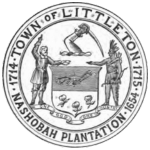
Littleton, MA
Diane Crory
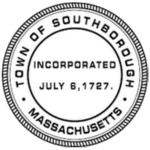
Southborough, MA
Jim Hegarty
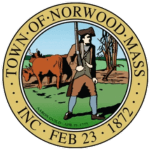
Norwood, MA
John Cianciarulo
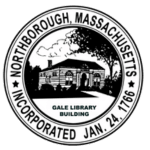
Northborough, MA
Andy Dowd
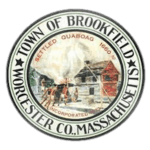
Brookfield, MA
Cathy Larocca
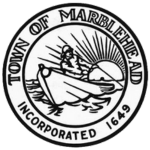
Marblehead, MA
Thatcher Kezer
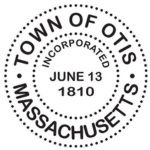
Otis, MA
Lyn O’Brien
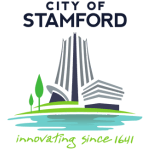
Stamford, CT
Valerie Rosenson

Sandwich, MA
Taylor White
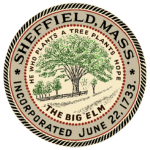
Sheffield, MA
Felecie Joyce
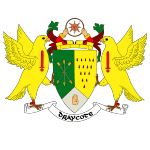
Dracut, MA
Jayne Boissonneault
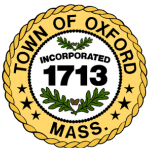
Oxford, MA
Justin Leduc
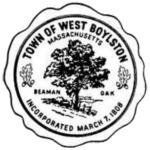
West Boylston, MA
Daymian Bartek
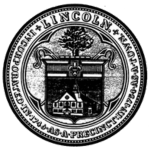
Lincoln, MA
Daniel Pereira

Hampden, MA
Brian Domina

Erving, MA
Richard Newton
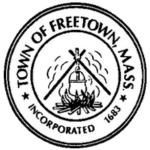
Freetown, MA
Lu-Ann Souza
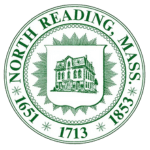
North Reading, MA
Susan J. Duplin, CMMC

Harrison, ME
Maureen McAllister
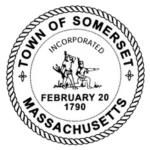
Somerset, MA
Caitlin Hadala
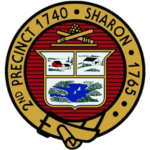
Sharon, MA
Mark F. Hogan

Upton, MA
Joseph Laydon
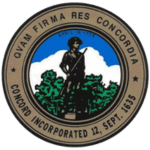
Concord, MA
Jason Bulger
Meeting & Voting Security Best Practices
Everyone involved in a town meeting, from the participants to the organizers need to do their part in ensuring that the voting is secure, accountable and accurate.
Meridia provides a highly secure, offline, close-circuit, short-range system that can be configured to your needs and defaults to a Visual Vote Confirmation for absolute vote integrity. As a meeting organizer, you need to make sure that the vote happens in a secure environment.
Visit our Electronic Voting Security page for full details. Here are a few highlights on how to make the meeting and especially the voting as secure as possible.
What Meridia System Offers
Proprietary Radio Frequency (RF) protocol with multiple layers of security checks, like detection of channel interference.
The close-circuit nature of the system and relatively short range means that only the people in the immediate vicinity of the system can vote.
You can ask that we ship the system so that only specific keypads can work with the pre-configured base receiver (antenna).
Lost clicker can be prevented from voting by removing it from the (required) participant list.
The software allows for keypads to be assigned to individuals, while still keeping the vote results anonymous.
Many voting screen configuration options, including Vote Confirmation Grid, Anonymous - No Grid, and combination thereof.
What You Need to Know
Distribute keypads from a controlled location. Secure the remaining/undistributed keypads to prevent theft.
Secure the perimeter of the voting area. Make sure no unauthorized persons are in it.
Control the movement of voters in and out of the voting area. Collect keypads when they leave.
Make sure your computer running the Meridia software is up-to-date and secure.
Test the system before each meeting. Use one or two test questions to teach the audience how to use it.
Set up a Visual Vote Confirmation screen to allow the audience to audit their votes.
We recommend that you create a Checklist of things you need to do before each meeting and that you designate staff that will be responsible for each element/task. You can base your version of the Checklist on ours – find it in the Knowledge Base.
Large Meetings & Strange Venues
Large Venues
Having a meeting inside a large venue can be intimidating and requires careful planning. Especially when it comes to electronic voting systems, you should consider consulting with, or even hiring on-site technical support.
With advanced antenna arrays, even an area of 80,000 square feet with two levels where voters in Town of Leicester, MA could freely seat themselves observing all COVID-19 restrictions can be covered easily and securely.
Strange Spaces
With our Extended-Range Base Receiver, we can cover a large area (like an airport field in Town of Sterling, MA) as well as accommodate up to 2,000 voters. With multiple receivers, we can easily handle up to 16,000 total participants.
In some of our meetings, due to COVID-19 restrictions, we had to split the audience into two sections (like in Town of Stow, MA) – inside and outside, and bring all votes together as if they were sitting all in one room.

Purchase Our Clickers
All Meridia wireless audience response clickers have dedicated Yes/No/Abstain buttons and display for enhanced vote confirmation increasing voters’ confidence in the system and clearly confirming their activity.
Choose your clicker based on battery life, size, display or range.
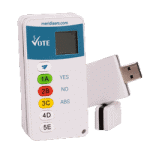 | 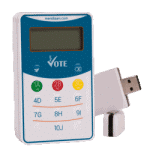 | 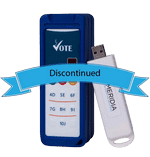 | 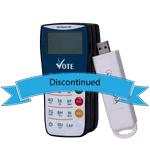 |
|---|---|---|---|


